Tony Slattery, the beloved actor and comedian known for his quick wit and magnetic charm, tragically passed away from a heart attack on January 14, 2025, at the age of 65. His sudden death has not only left loved ones, including his partner Mark Hutchinson, fans, and colleagues in mourning, but has also drawn attention to the alarming rise in excess deaths from cardiovascular disease (CVD) since the start of the Covid-19 pandemic.
Covid-19 worsens pre-existing conditions, especially cardiovascular diseases
It is common to limit Covid-19 deaths to those who pass away during the acute stage of the infection, and dismiss even these deaths by attributing them solely to pre-existing conditions. However, this perspective is both misleading and harmful.
The alarming rise of excess deaths since the beginning of the pandemic, especially from cardiovascular diseases, and the mountain of research now showing Covid-19 is a systemic disease that causes long-term damage to the body’s organs and systems, means acknowledging that Covid is shortening the lives of all sections of the population, especially those with pre-existing conditions.
Tony Slattery has publicly disclosed physical and mental health problems. Has repeated exposure to SARS-CoV-2, especially in high-risk settings like comedy clubs and healthcare, exacerbated these pre-existing clinical vulnerabilities? We probably will never know.
However, Covid-19 does not merely affect individuals with pre-existing conditions more severely; it actively worsens these conditions, particularly those involving the cardiovascular system.
Numerous reviews
A systematic review and meta-analysis published in BMC Medicine highlights how Covid-19 exacerbates existing health vulnerabilities, leading to increased severity and mortality.
The study revealed that individuals with cardiovascular disease faced an odds ratio (OR) of 3.42 (95% CI: 1.88–6.22) for experiencing severe complications after contracting Covid-19. This was not simply due to their pre-existing condition but because Covid-19 magnified the underlying damage to their cardiovascular system.
Similarly, people with diabetes experienced an OR of 2.45 (95% CI: 1.79–3.35) for worse outcomes, as the virus disrupted glucose metabolism and triggered inflammatory responses that compounded their condition.
Covid-19 amplifies the impact of these illnesses by attacking the endothelium, the inner lining of blood vessels, leading to inflammation, clotting abnormalities, and reduced blood flow. These processes significantly worsen cardiovascular health, turning chronic conditions into critical emergencies.
Even for individuals with previously stable heart disease or diabetes, the virus creates a cascade of complications that accelerates health deterioration.
These findings underscore that Covid-19 is not just a risk to those with existing conditions but a direct driver of their worsening health. The virus’s impact goes beyond the acute phase of infection, leaving lasting damage and contributing to long-term health decline in vulnerable populations. Recognising this dynamic is essential to addressing the broader consequences of the pandemic.
An exponential increase in excess deaths from cardiovascular disease across all age groups
Tony Slattery was known to be an avid reader of medical journals, and the preeminent publication in this field, the Lancet, has sounded the alarm on excess deaths from cardiovascular diseases as a result of the ongoing pandemic.
Recent data published in The Lancet has revealed that excess deaths in the UK have persisted since the pandemic began, with cardiovascular diseases playing a significant role. According to the UK Office for National Statistics (ONS), there were 44,255 more deaths than expected in 2022, with an 8.6% rise continuing into the first half of 2023.
Middle-aged adults aged 50–64 saw a staggering 33% increase in deaths involving CVD during the 13 months ending mid-2023. Deaths from ischaemic heart diseases (up 44%), cerebrovascular diseases (up 40%), and heart failure (up 39%) were particularly pronounced in this group.
However, adults aged 65 and over also experienced elevated mortality, with a 9% rise in excess deaths from all causes. Notably, cardiovascular deaths in private homes for this group rose by 27%. Tony Slattery, who had just turned 65 in November 2024, highlights how these trends span across age groups.
Young adults are not immune
The data also shows that even younger adults are not immune: cardiovascular deaths among those aged 25–49 were 11% higher than expected during the same period.
The Office for National Statistics (ONS) recently revised its method for calculating excess deaths, using a model that incorporates population size and ageing trends instead of the five-year historical average. While the new methodology aims to improve accuracy, it has reduced previously reported excess deaths by two-thirds.
For example, excess deaths for 2022 were revised down from 31,442 to 10,994. Critics argue that this change, while potentially valid for long-term modelling, risks obscuring the true impact of Covid-19 in future analyses.
Carl Heneghan, director of the Centre for Evidence-Based Medicine, and Tom Jefferson, a senior associate tutor at Oxford University, have voiced concerns about the lack of transparency. They noted that large adjustments were categorised under vague labels like “other changes,” raising questions about whether these revisions might downplay the continued toll of the pandemic.
Covid-19’s long shadow on heart health
The British Heart Foundation (BHF) emphasises that Covid-19 is not just a respiratory illness but a vascular disease with long-lasting impacts on the circulatory system. The virus damages the endothelium, the inner lining of blood vessels, leading to inflammation, abnormal clotting, and reduced blood flow. These effects can trigger a cascade of cardiovascular complications:
- Heart attacks and strokes: Covid-19 patients are more than twice as likely to suffer a heart attack or stroke compared to those who were never infected. Hospitalised patients face four times the risk.
- Blood clots: Severe cases significantly increase the likelihood of blood clots in major arteries, potentially causing fatal complications such as pulmonary embolisms or strokes.
- Heart damage and failure: Covid-19-induced inflammation and oxygen deprivation strain the heart, leading to long-term damage. A 2022 study in Nature Medicine found that individuals who had Covid-19 were 72% more likely to develop heart failure within a year of infection, even without pre-existing conditions.
Covid-19 has also been linked to myocarditis, irregular heart rhythms, and persistent high blood pressure, compounding risks for those with chronic conditions like diabetes or hypertension.
A healthcare system under strain
As the pandemic persists into its fifth year, the UK healthcare system faces unprecedented pressure. Long Covid has had a particularly devastating impact on healthcare workers: a 2024 report found that 10% of NHS staff – approximately 122,000 people – suffer from long Covid, with symptoms such as fatigue and breathlessness impairing their ability to work. This has exacerbated staff shortages, leaving the NHS struggling to meet rising demand.
Waiting times for routine screenings and specialist consultations have reached record highs, with some patients waiting over a year for cardiology appointments. Emergency departments are also overwhelmed, with delayed treatment contributing to poorer outcomes for acute illnesses, including heart attacks and strokes.
The pandemic has also led to increased reliance on healthcare services, as individuals dealing with the long-term effects of Covid-19 or delayed diagnoses for chronic diseases seek medical care. This overburdened system has made it harder to address the surge in cardiovascular disease, leaving preventable deaths on the rise.
Comedians and Covid-19: a sector hit hard
Tony Slattery’s death also highlights the unique vulnerabilities faced by entertainers and others who work in crowded, poorly ventilated venues. Comedy clubs and theatres are often hotspots for airborne diseases like Covid-19. Without adequate safety measures, these venues can become high-risk environments.
The entertainment industry, particularly live performers like comedians, has been significantly impacted by the pandemic. Some comedians have tragically succumbed to Covid-19 or related complications:
- Joe Luna: the comedian, known as Joe El Cholo, passed away in November 2020 due to complications from Covid-19 at the age of 38.
- Jethro (Geoffrey Rowe): the British comedian died in December 2021 after contracting Covid-19, at the age of 72.
Additionally, some comedians have publicly shared their struggles with long Covid, detailing prolonged symptoms that have affected their ability to perform and work.
- Casey Frey: an American dancer and comedian, Frey has been open about his struggles with long Covid.
- Laurie Kilmartin: an American stand-up comedian and writer, Kilmartin has discussed her personal experiences with long Covid, bringing attention to the challenges faced by performers during the ongoing pandemic.
Clean air protects those who make us laugh
To protect performers and audiences alike, public venues must prioritise clean air. This includes installing HEPA air filtration systems, ensuring proper ventilation, and encouraging the use of high-quality masks during surges of airborne illness. On-site molecular testing for Covid-19, which provides fast and accurate results, should also be standard practice in these settings.
Clean air is not just a Covid-19 mitigation measure – it is a public health necessity. Reducing the transmission of respiratory viruses will help lower the overall burden on healthcare systems, improve cardiovascular outcomes, and protect vulnerable populations.
Tony Slattery’s sudden passing is a stark reminder of how Covid-19 has reshaped public health. While we may never know whether SARS-CoV-2 was the direct cause of his heart attack, the evidence is clear: Covid-19 exacerbates vulnerabilities and compounds risks, shortening lives across all demographics.
The pandemic has shown us that health is interconnected. Pre-existing conditions are not explanations; they are amplifiers of the virus’s deadly potential. Addressing the systemic issues – through clean air, healthcare investment, and accurate public messaging – can help prevent further unnecessary deaths and honour the legacies of those we have lost.
Featured image via the Canary
By Protect the Heart of the Arts
This post was originally published on Canary.

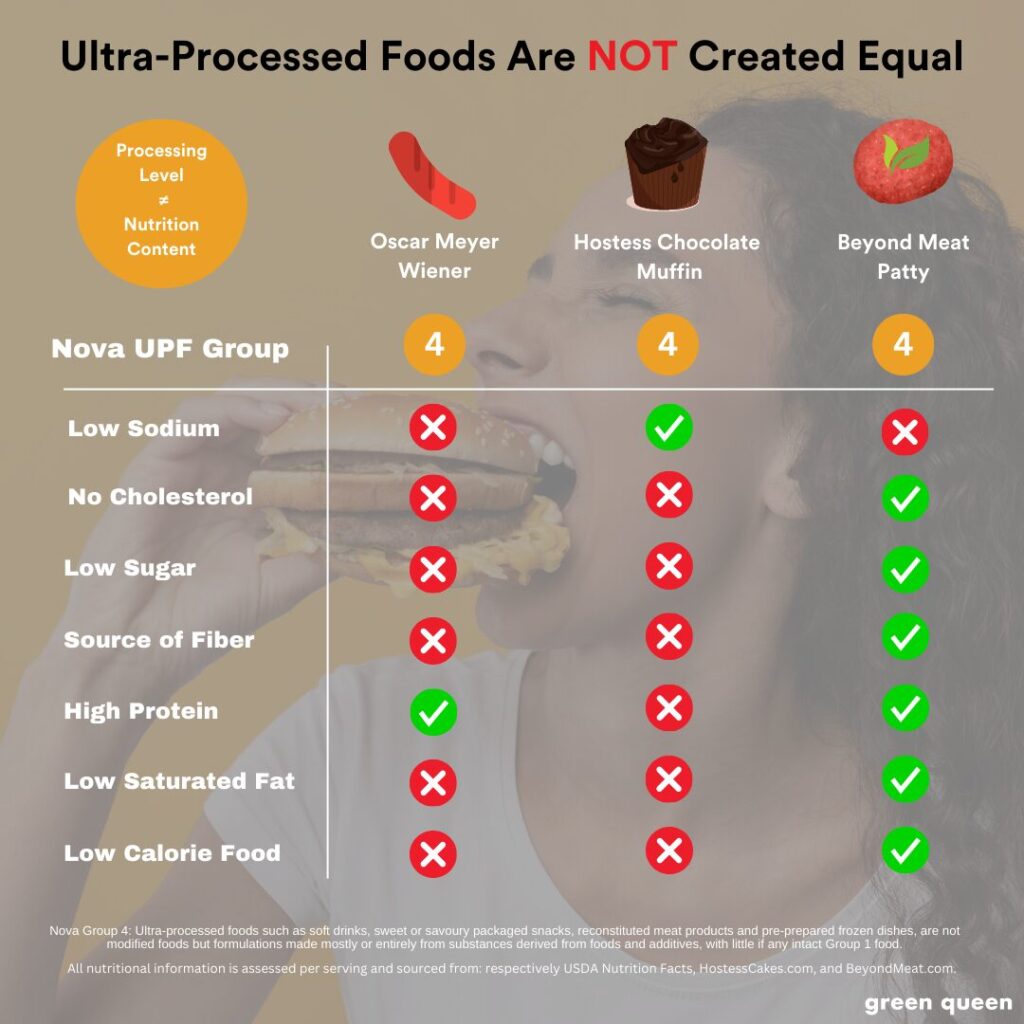
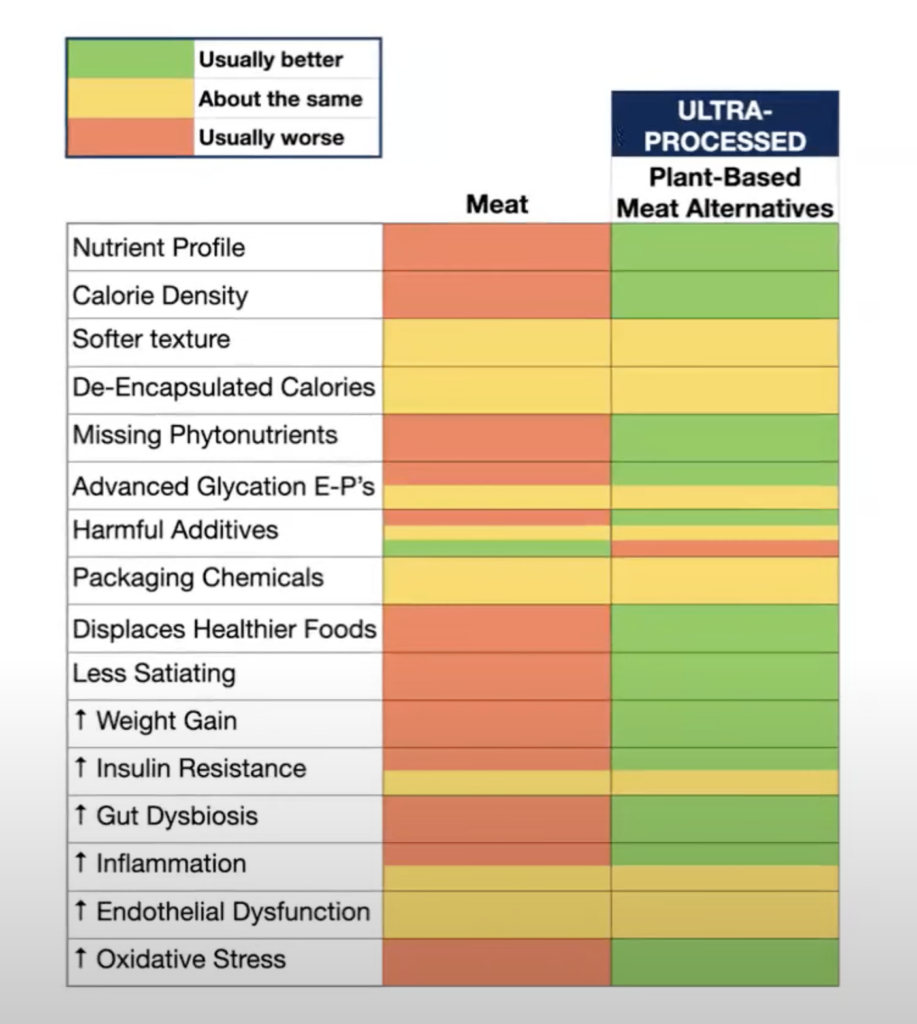
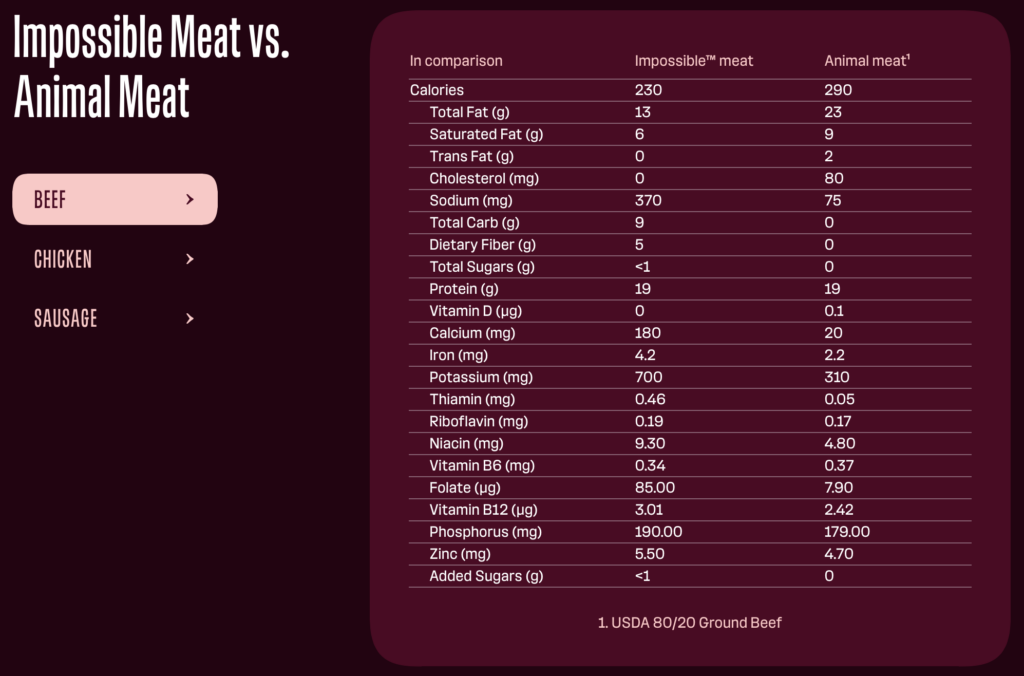






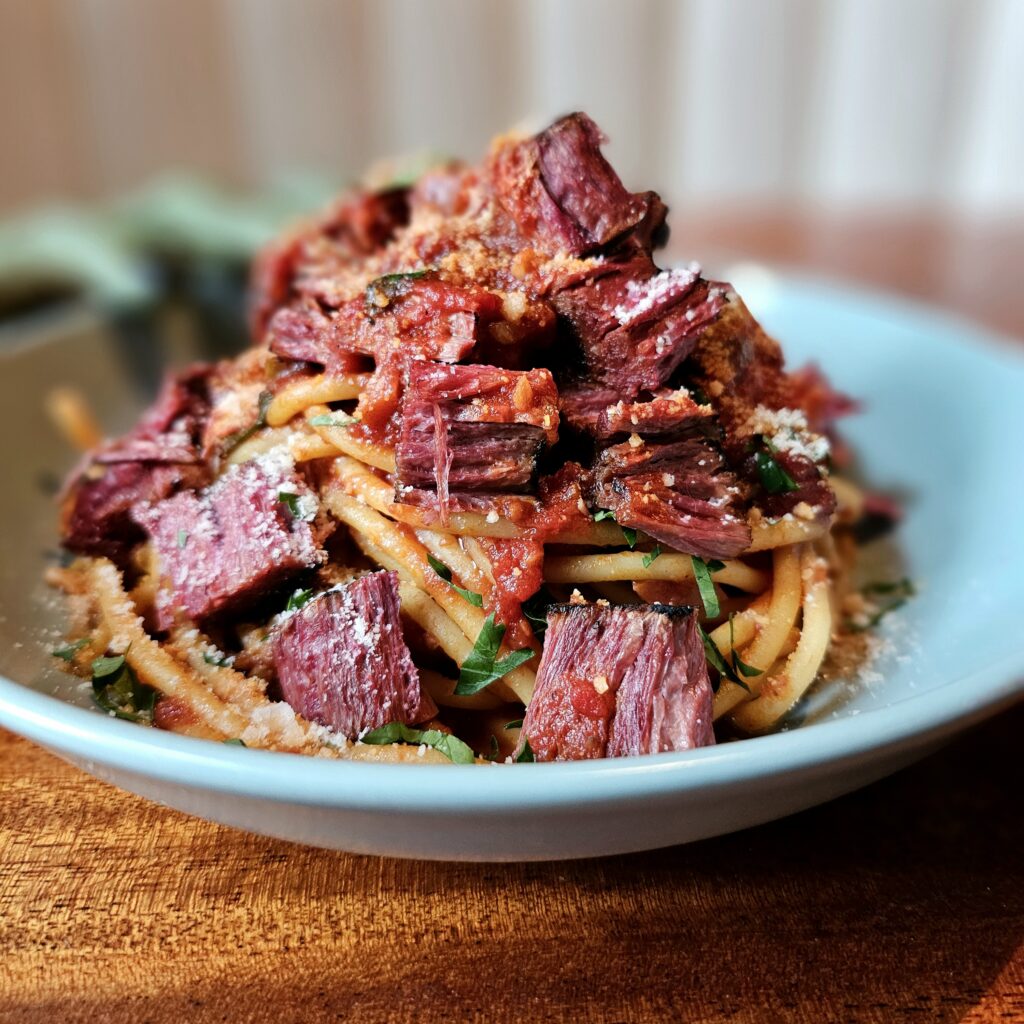

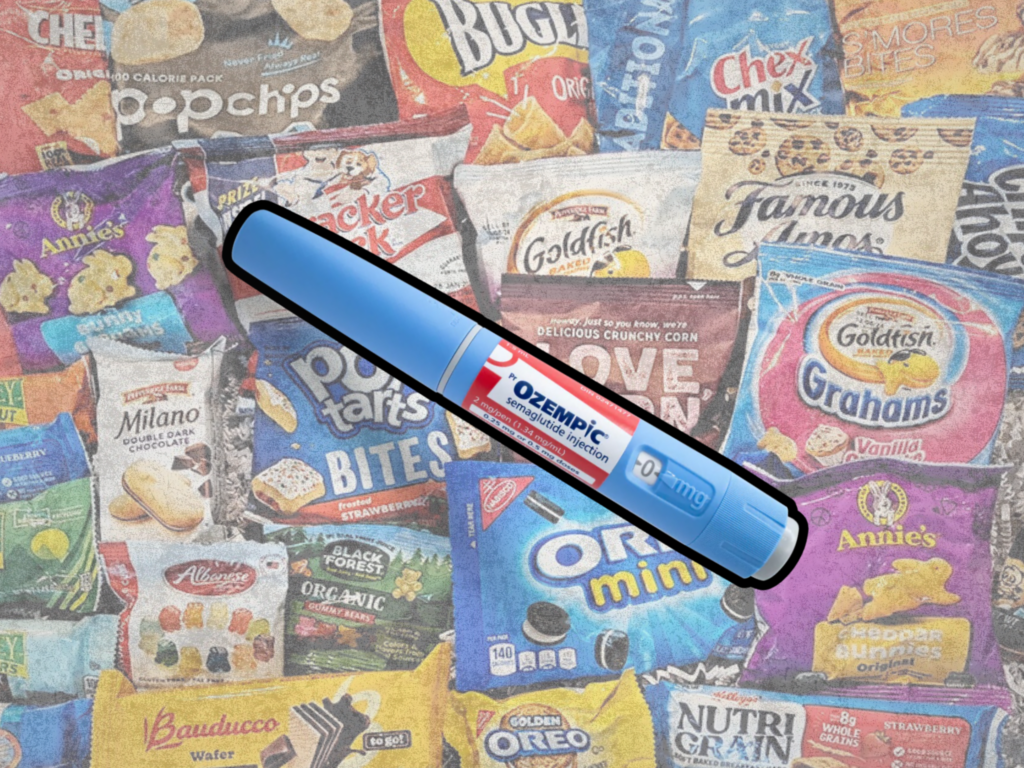
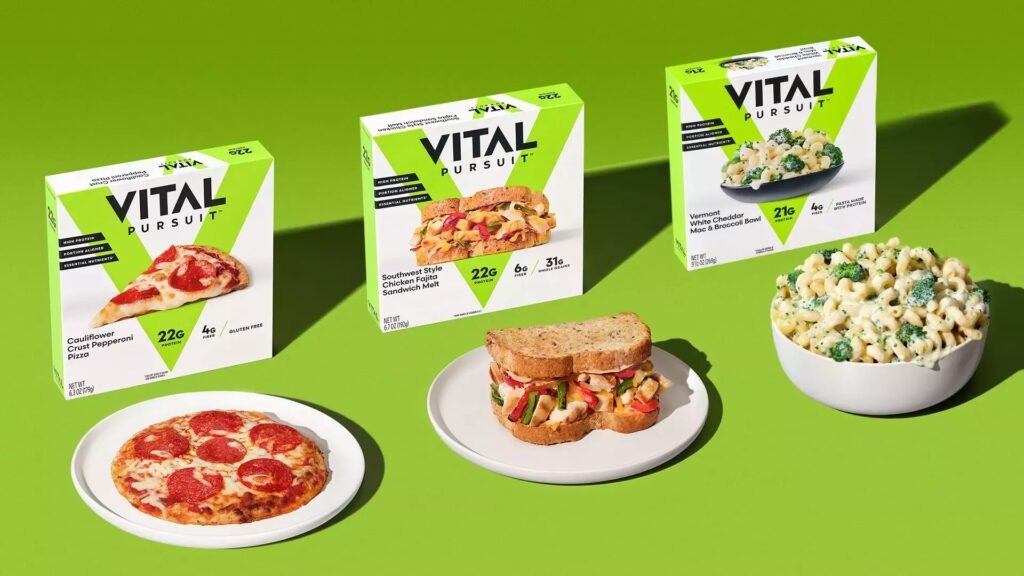
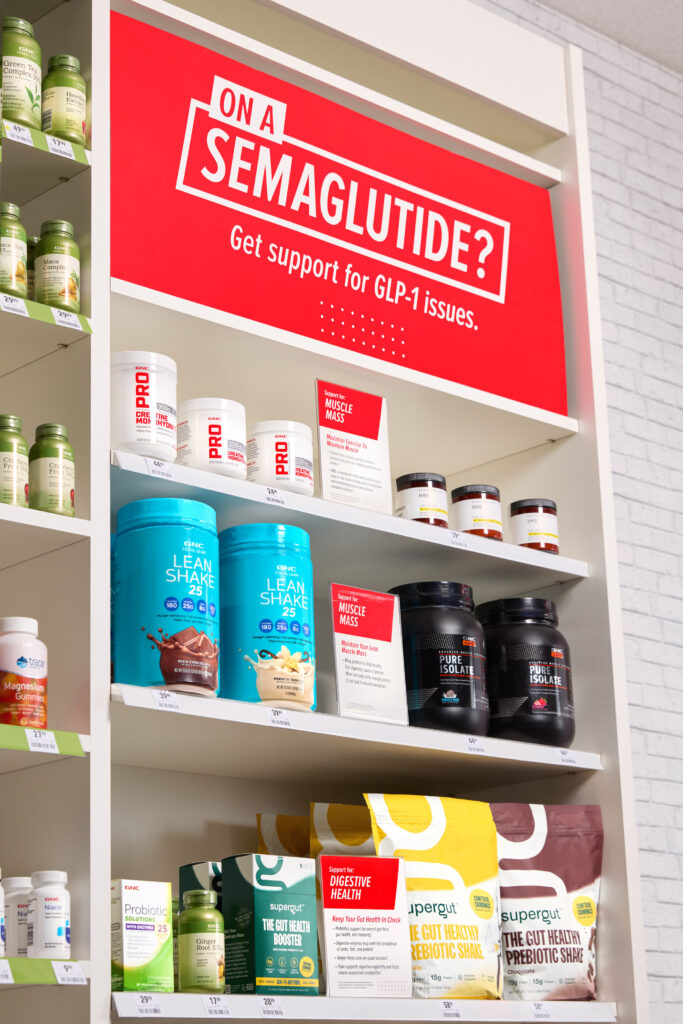
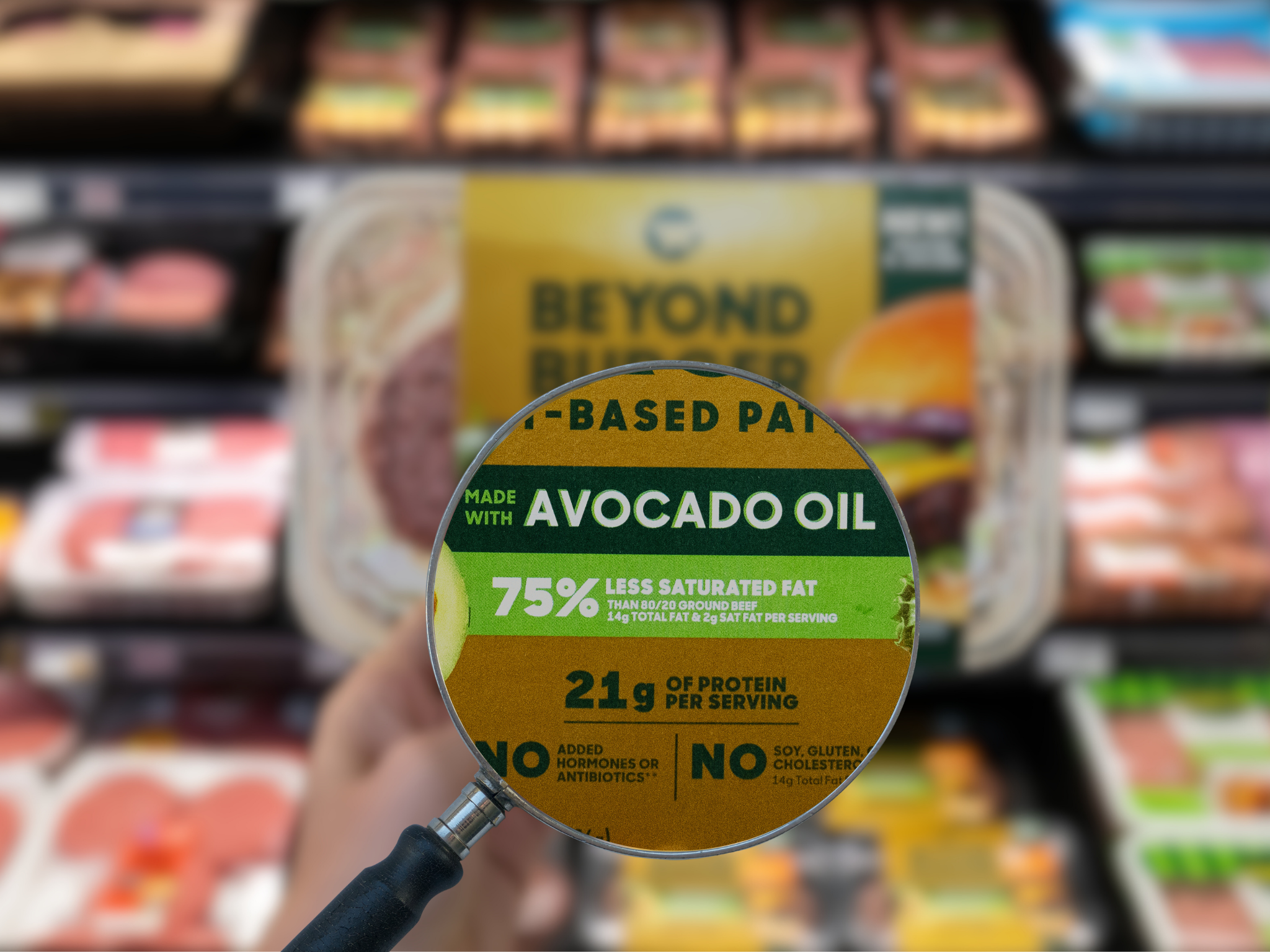
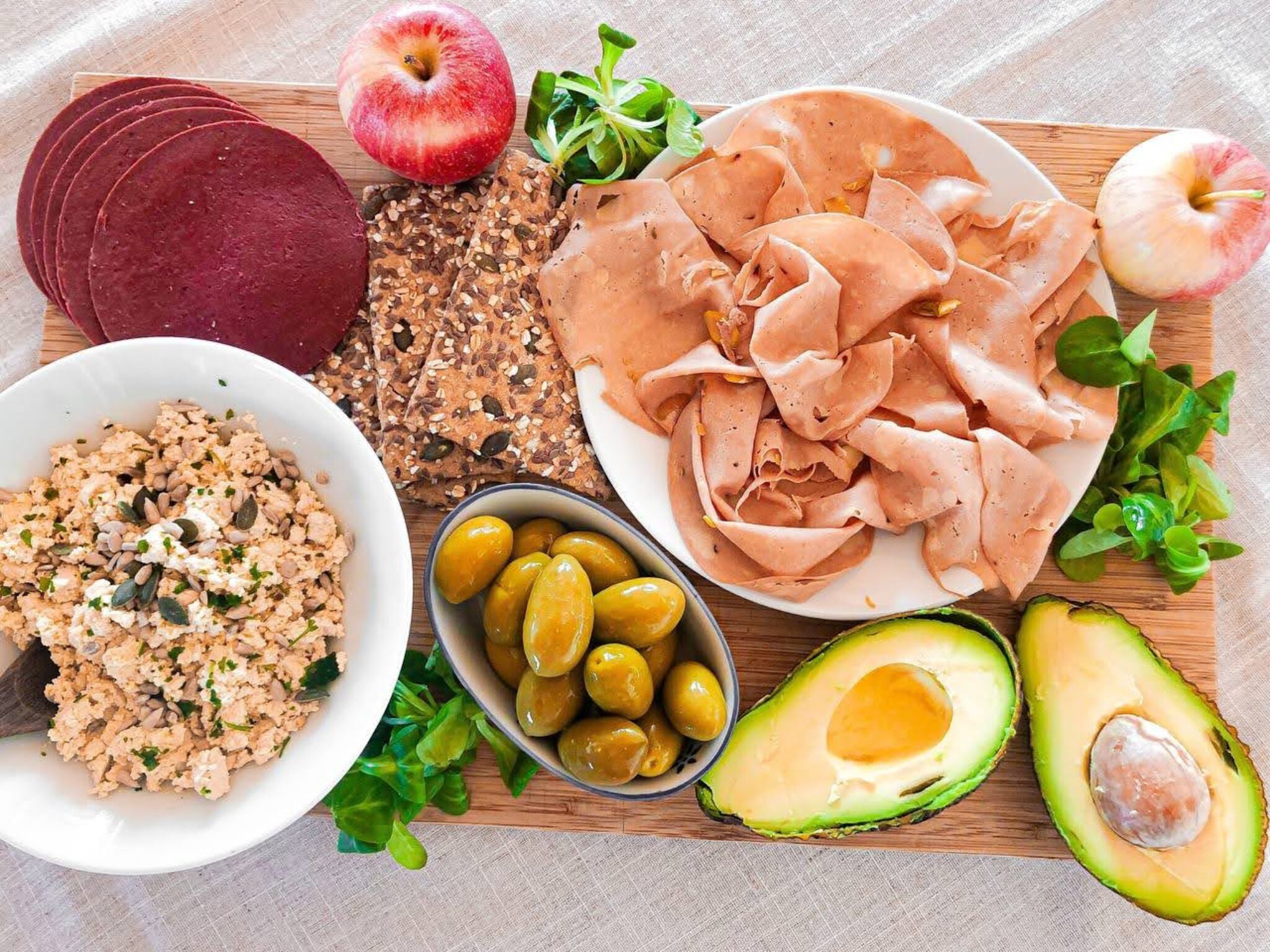




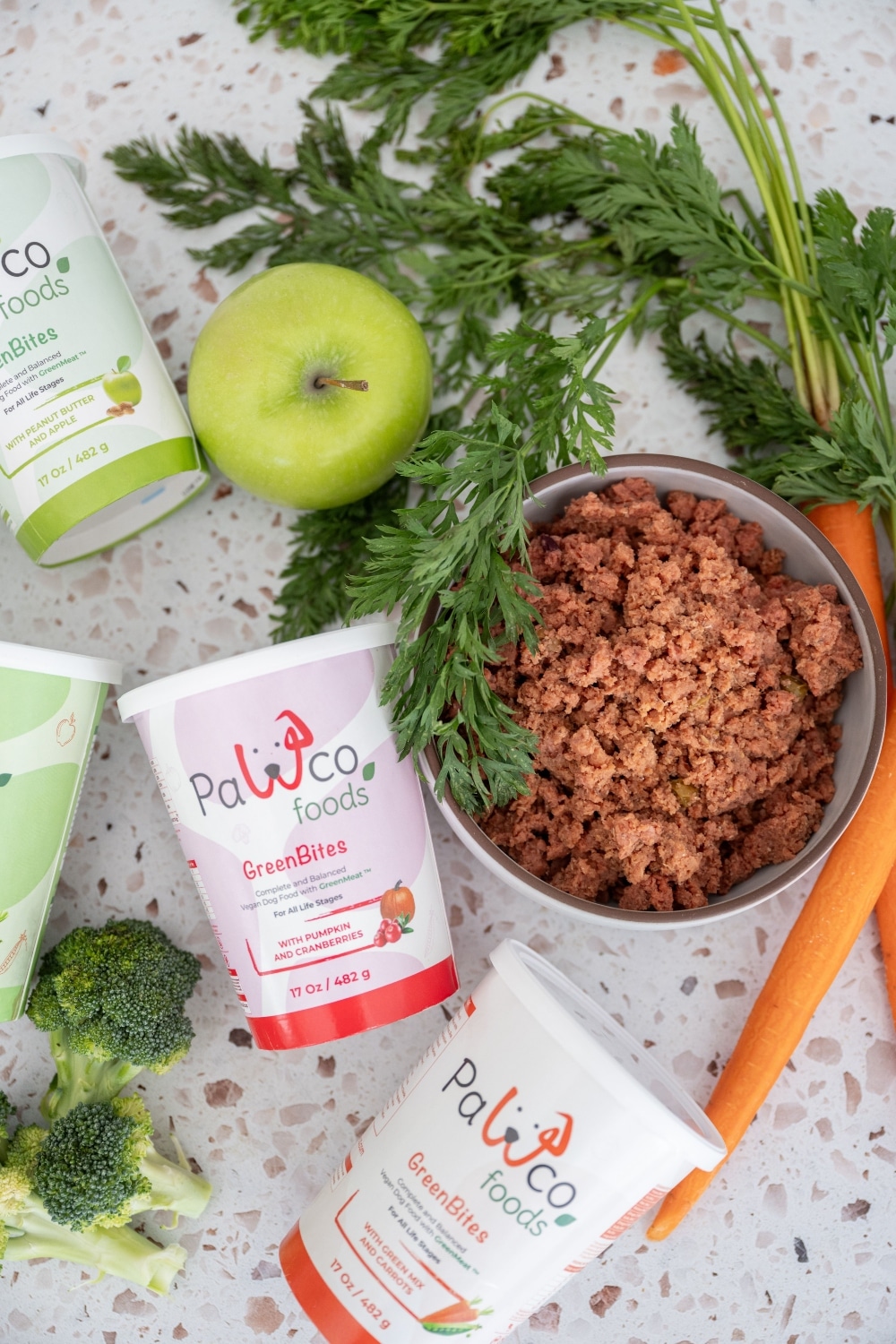
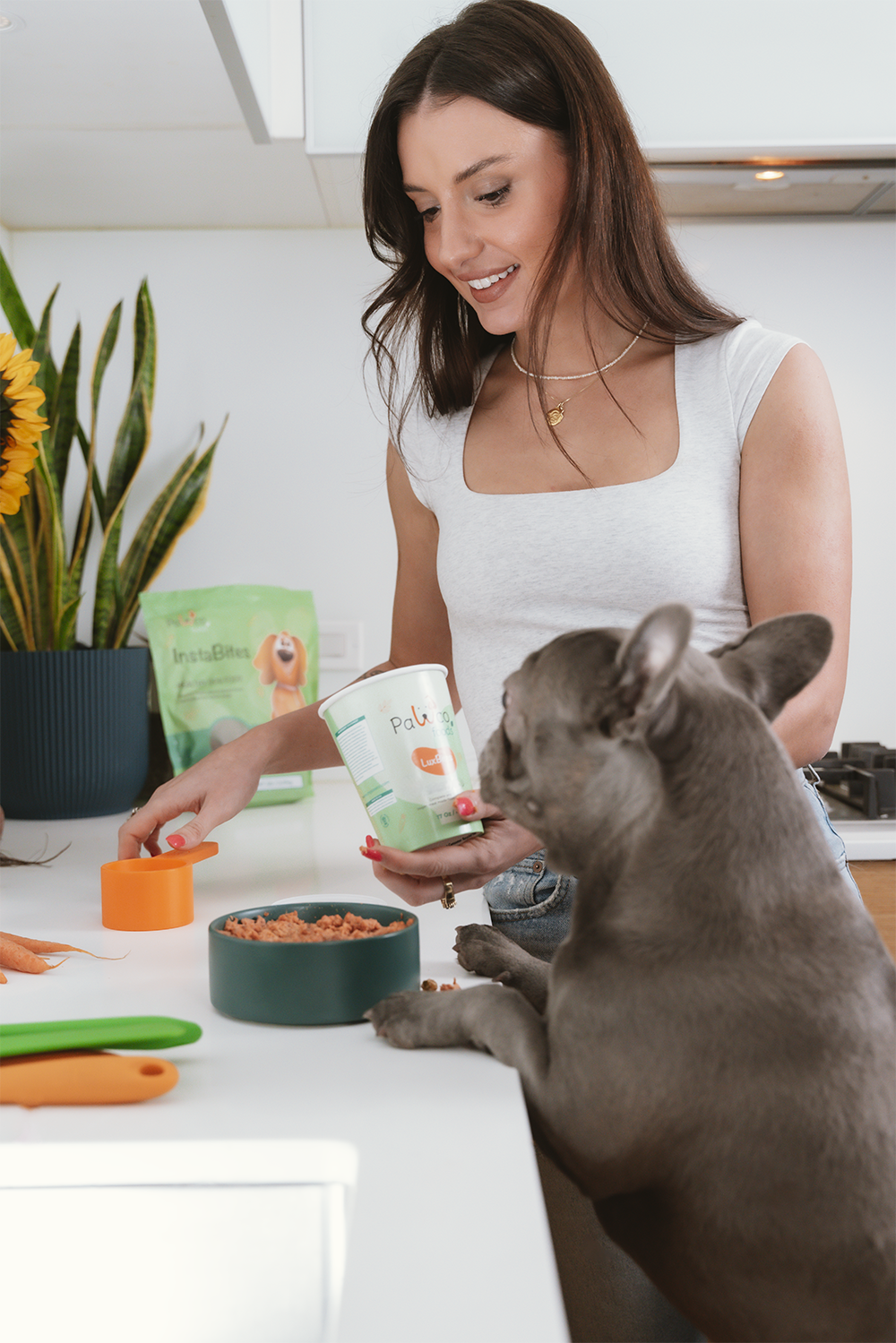
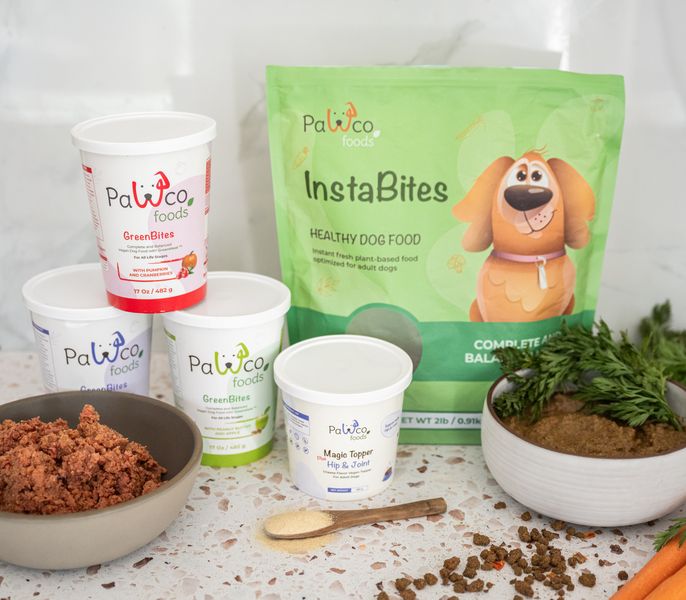

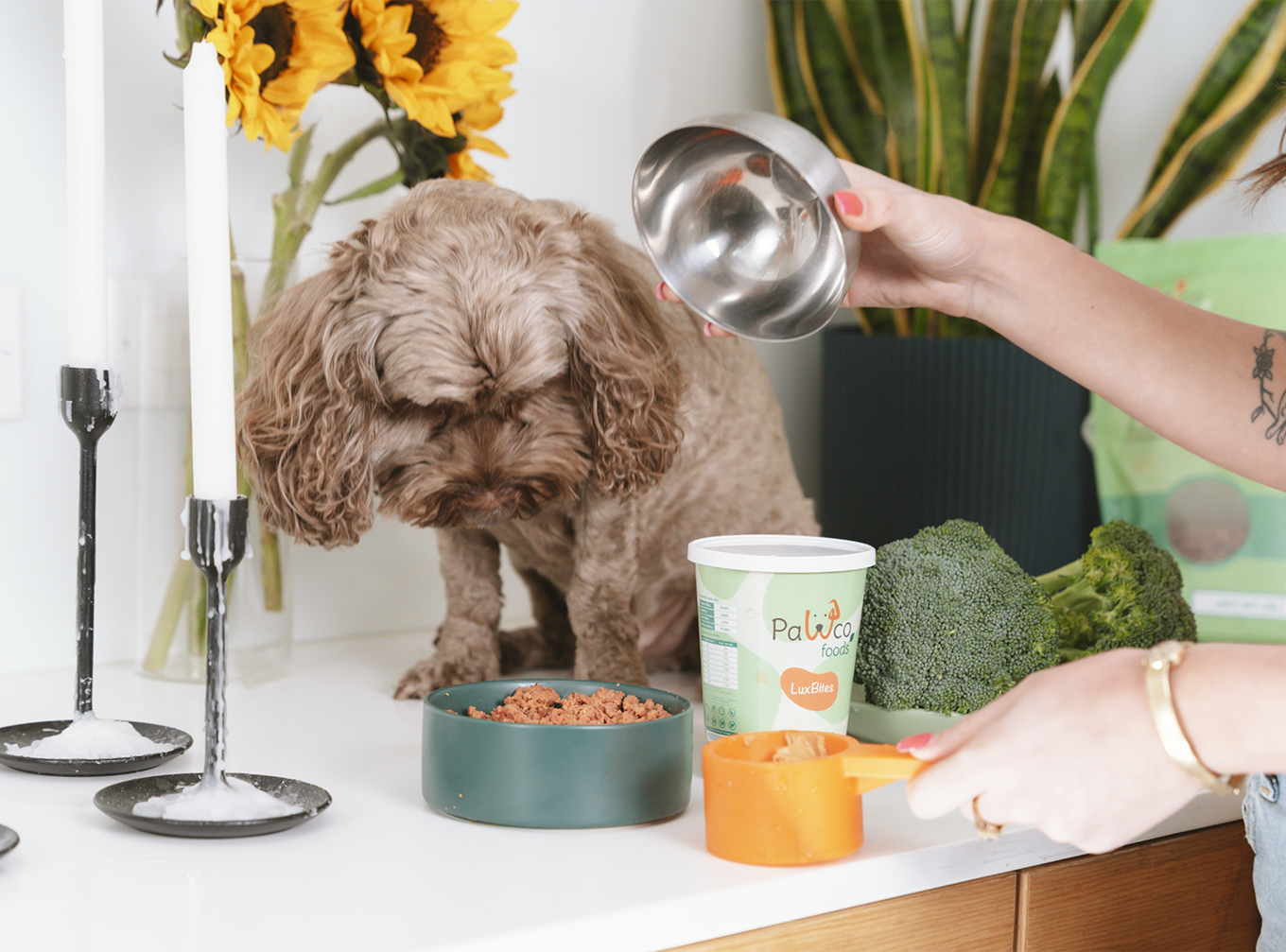
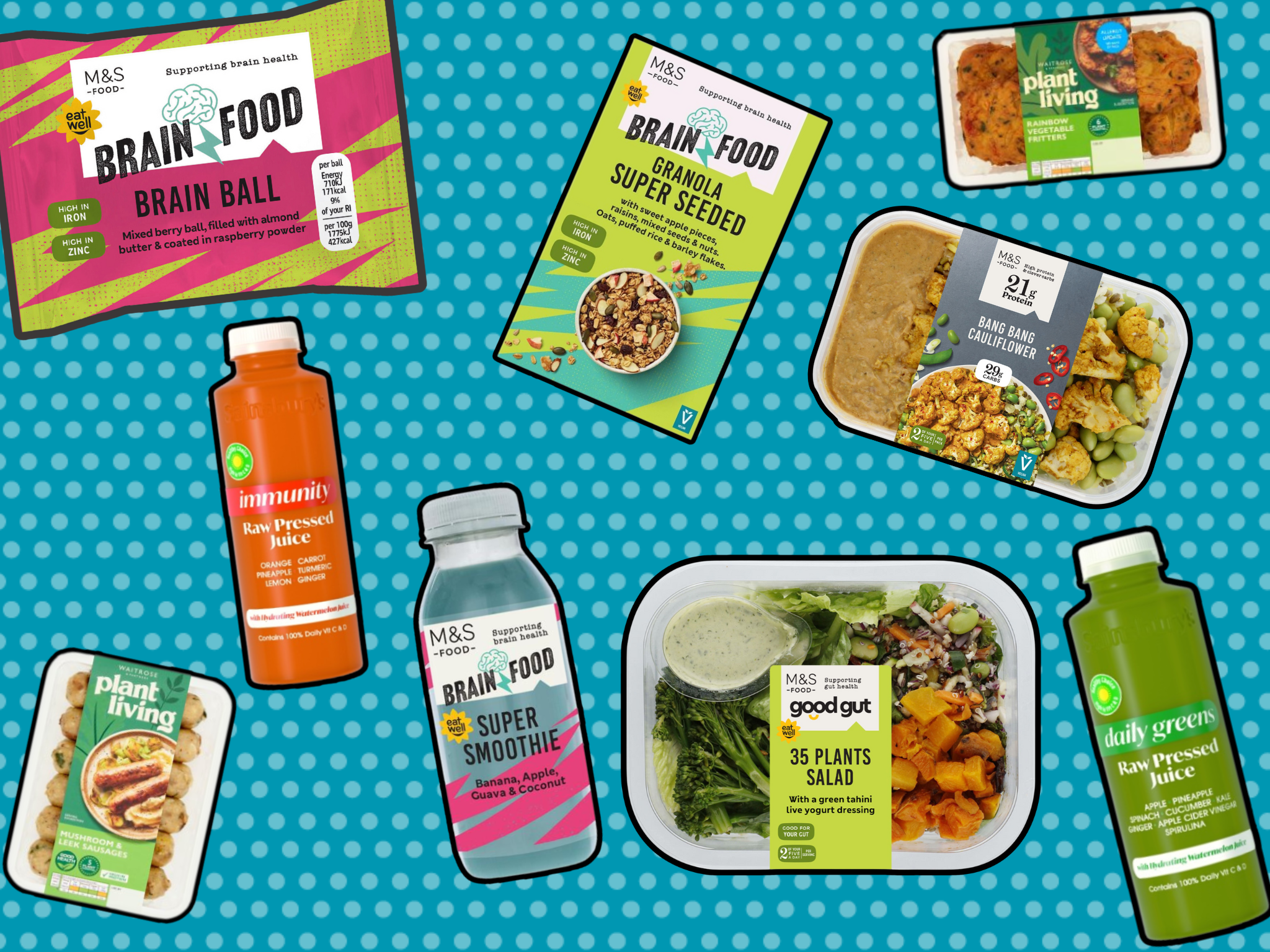
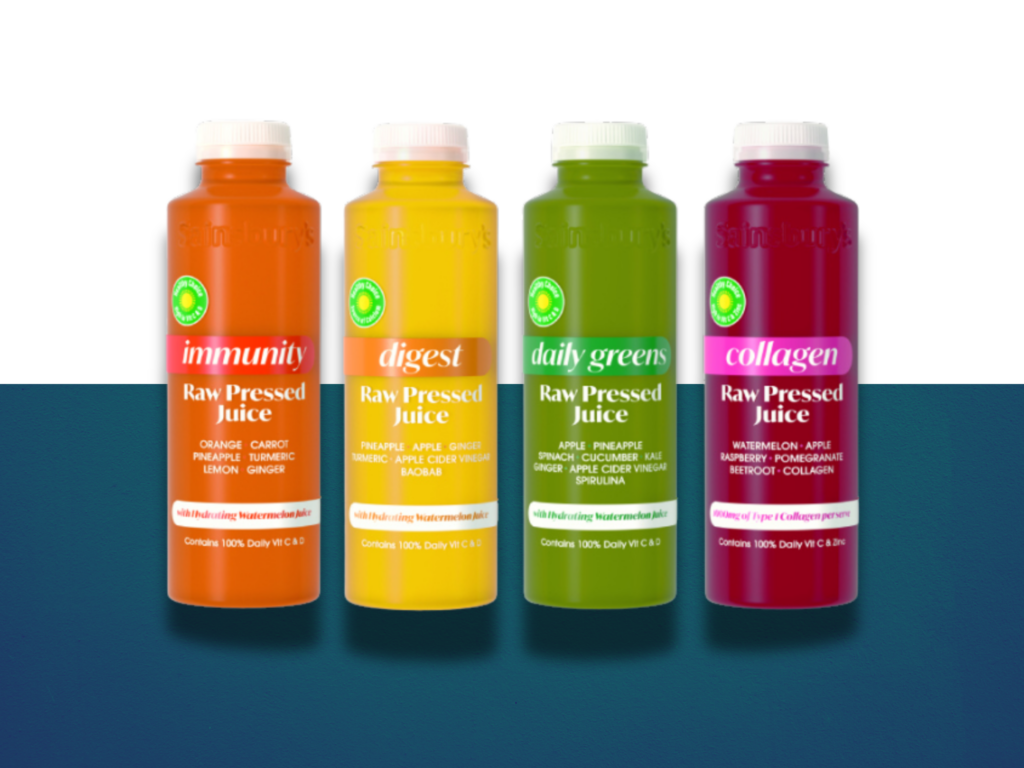

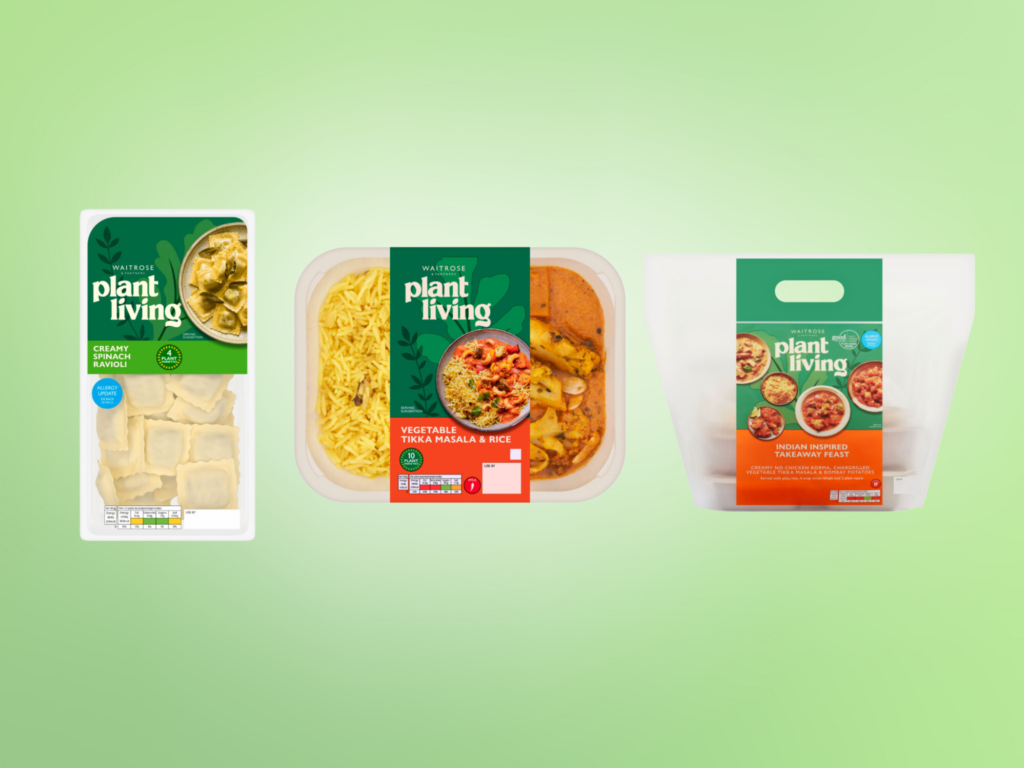

 Unsplash
Unsplash Canva
Canva Unsplash
Unsplash
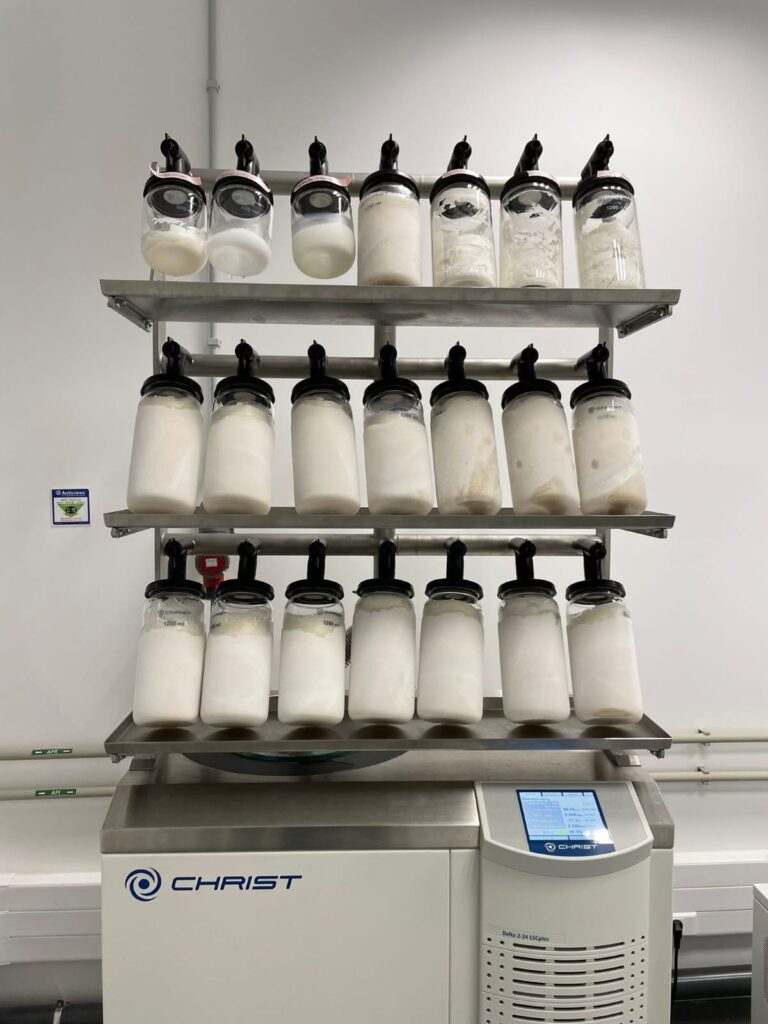

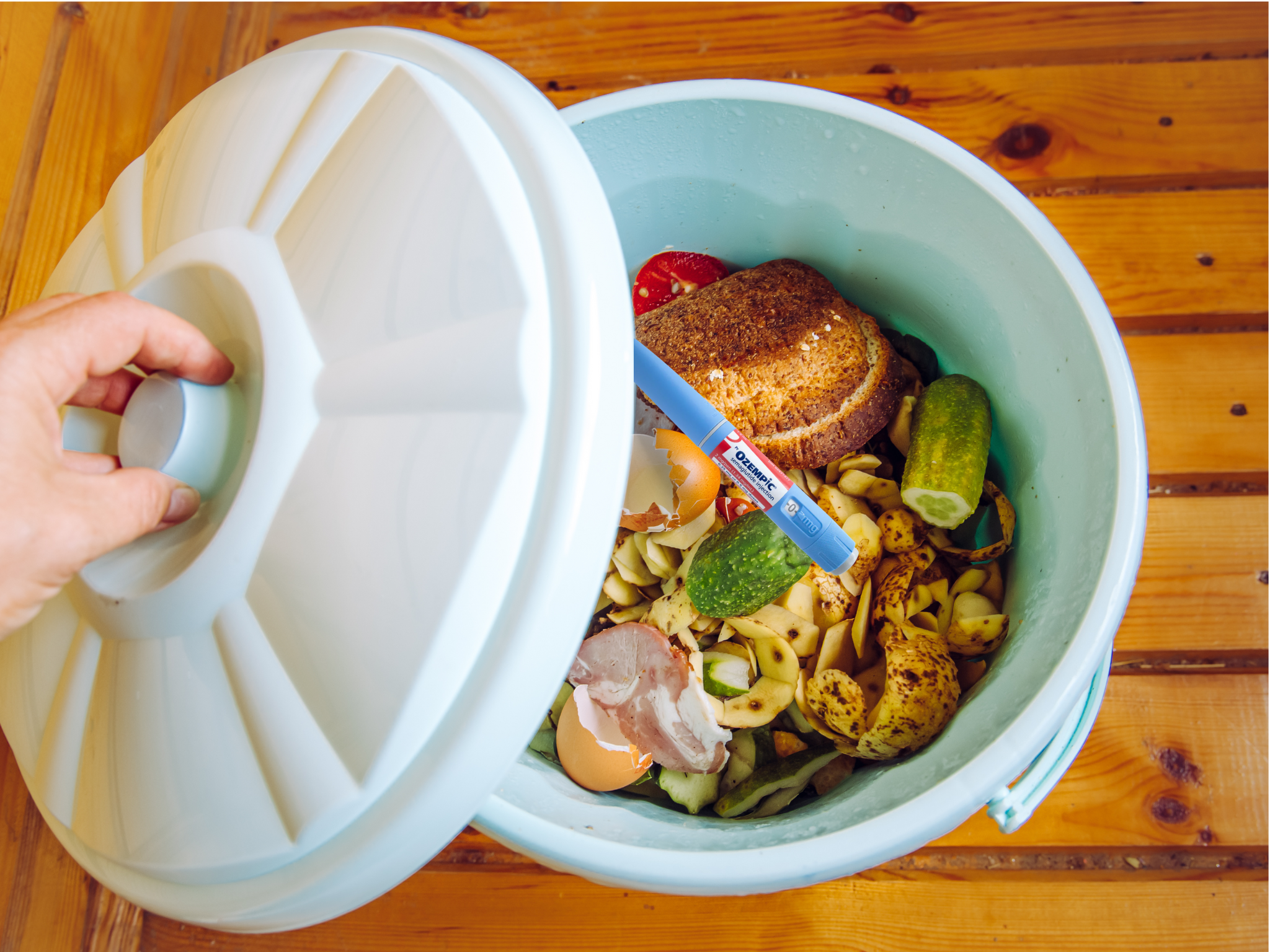





 Unsplash
Unsplash
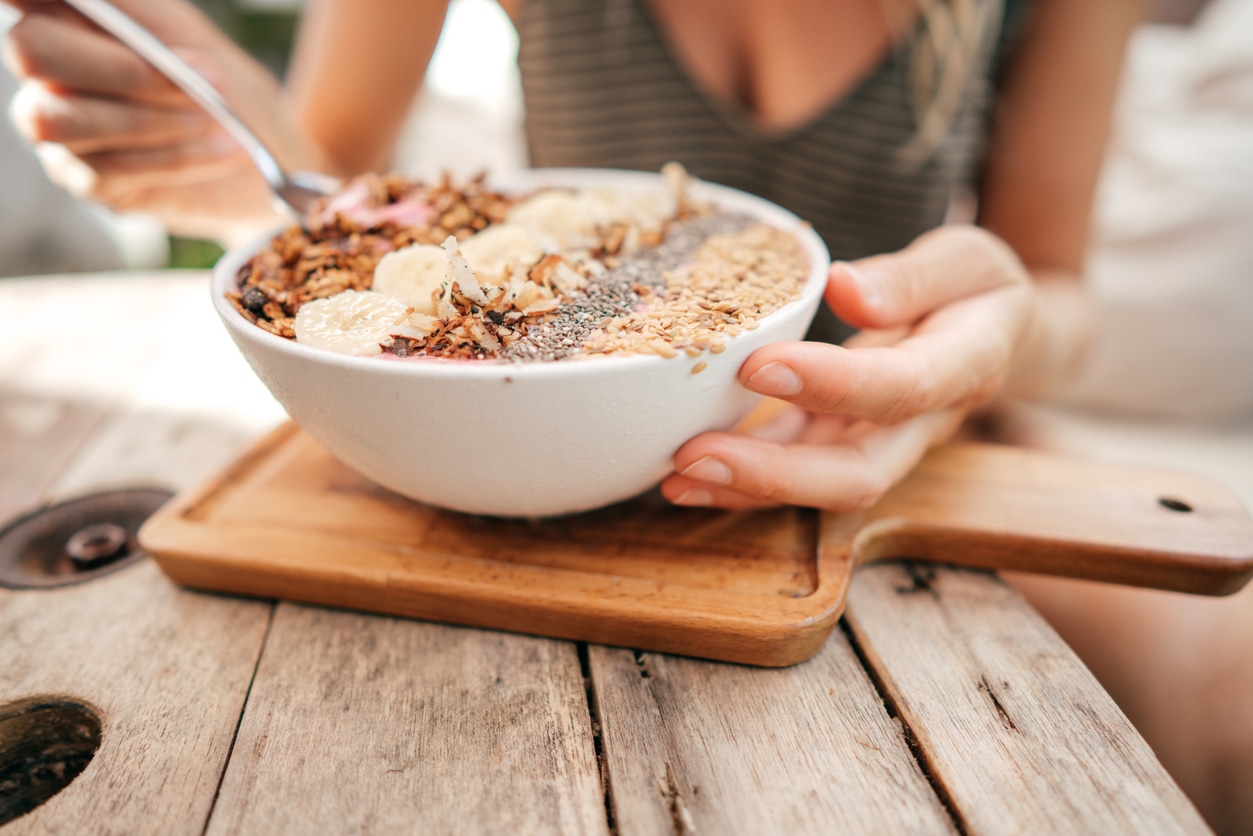 Getty
Getty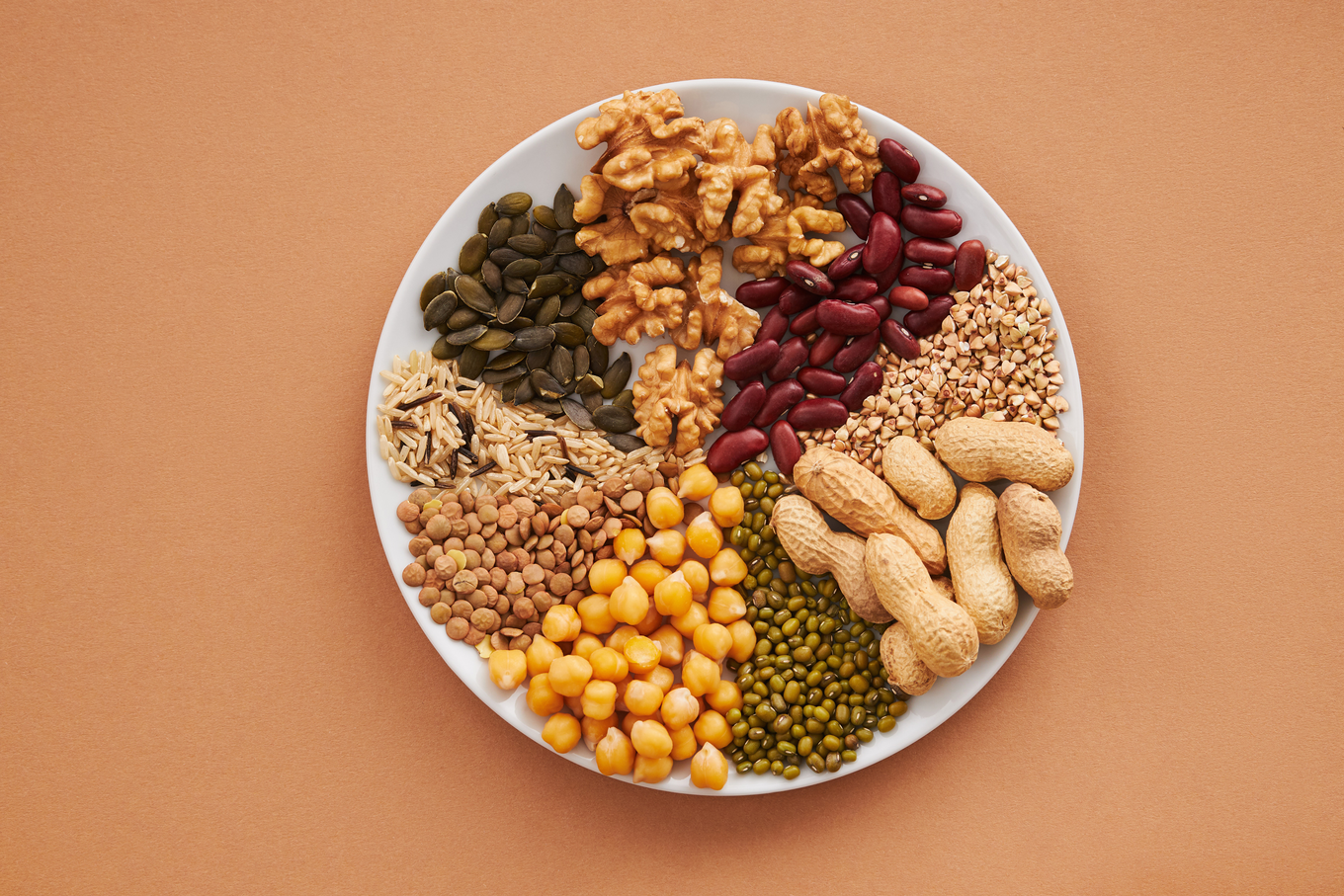 Vanessa Loring | Pexels
Vanessa Loring | Pexels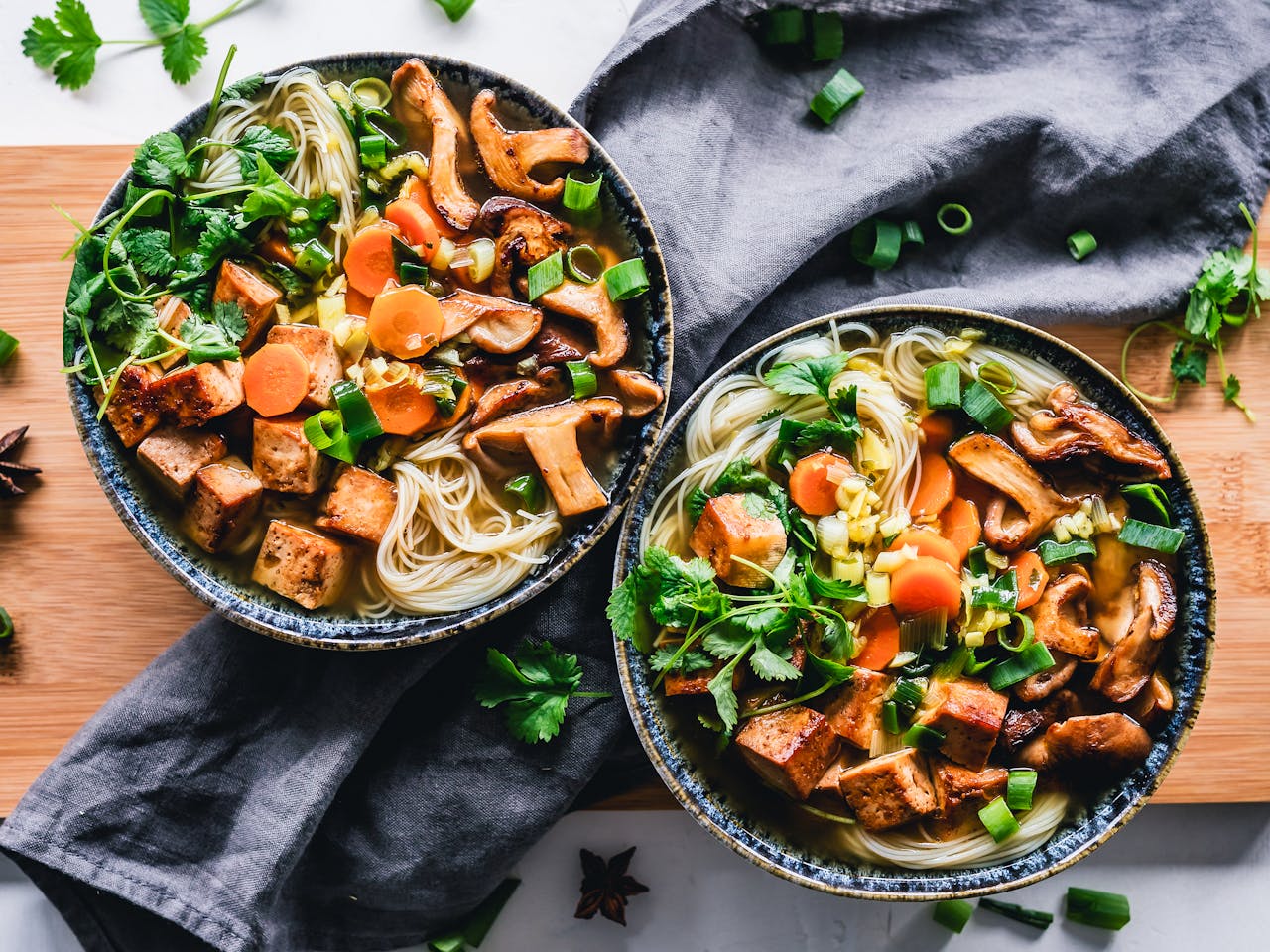 Pexels
Pexels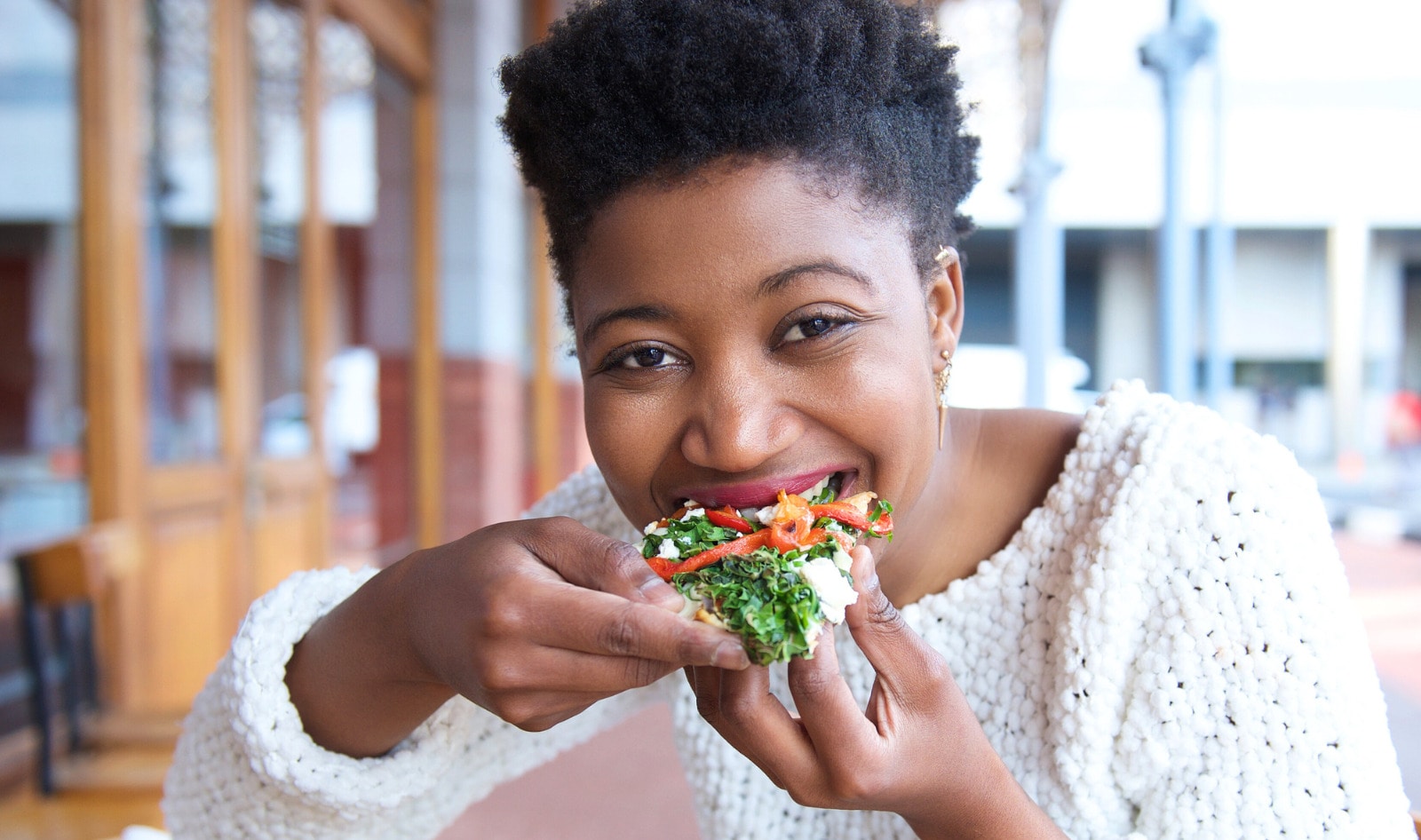

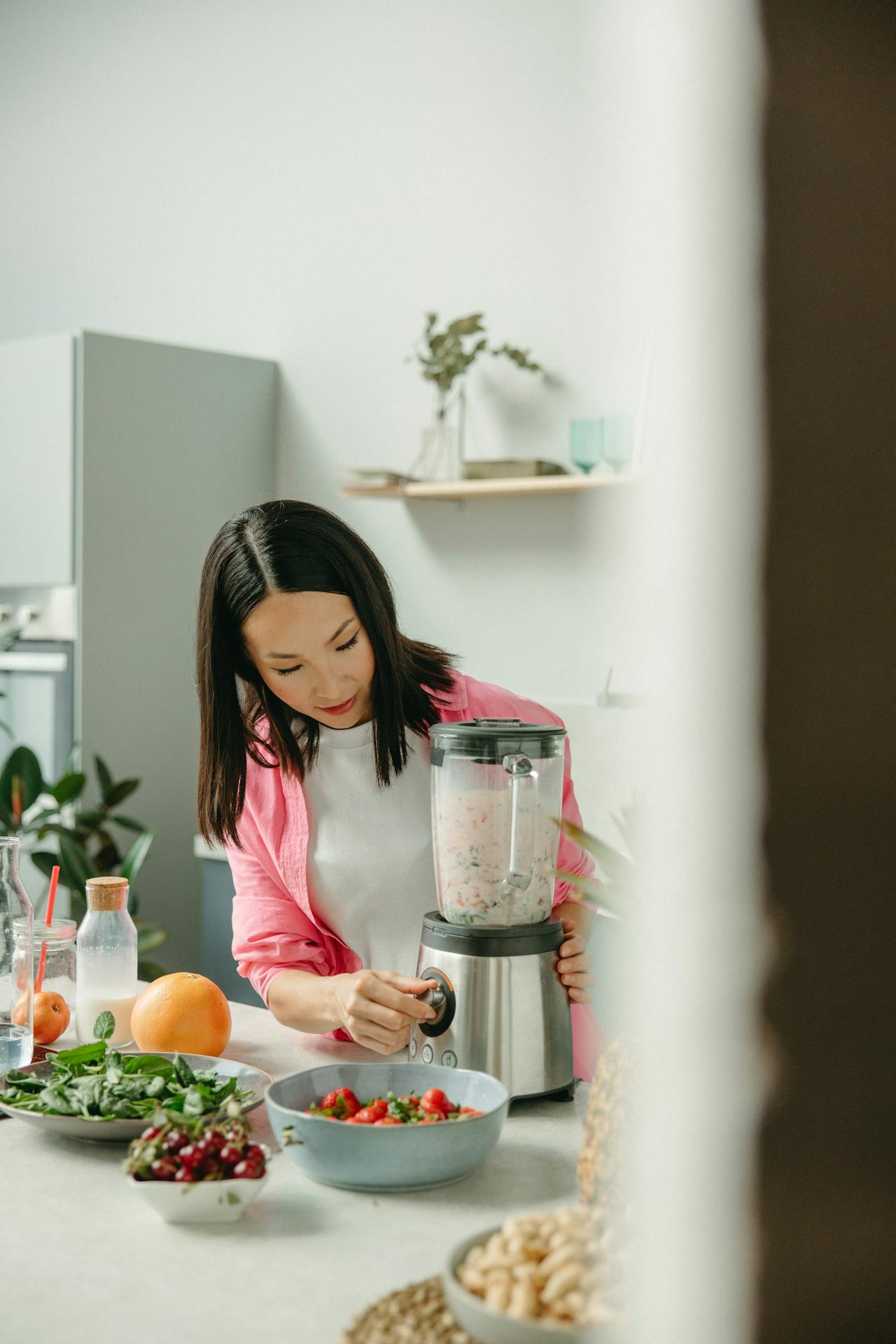 Pexels
Pexels Getty
Getty Alyson McPhee | Unsplash
Alyson McPhee | Unsplash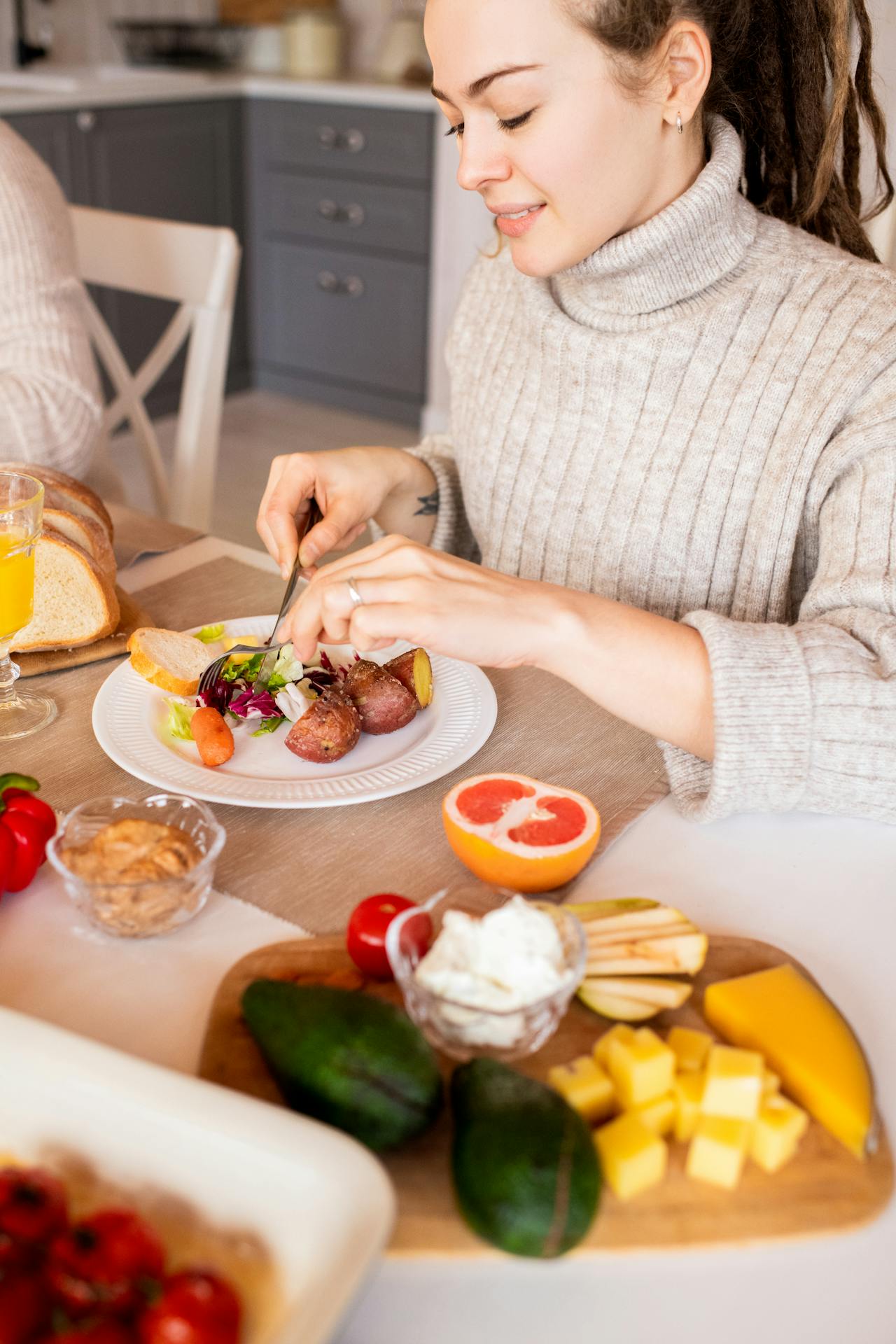
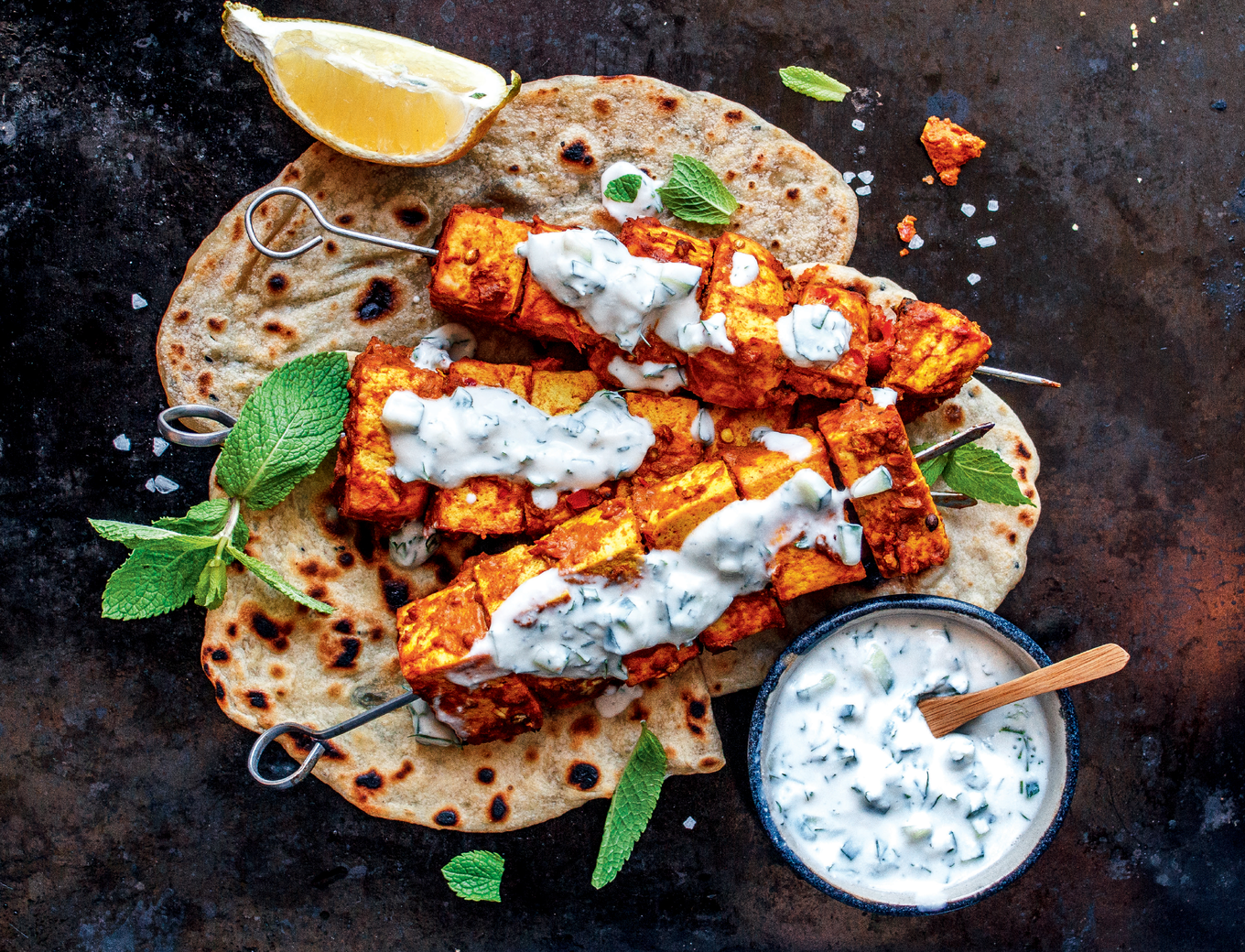
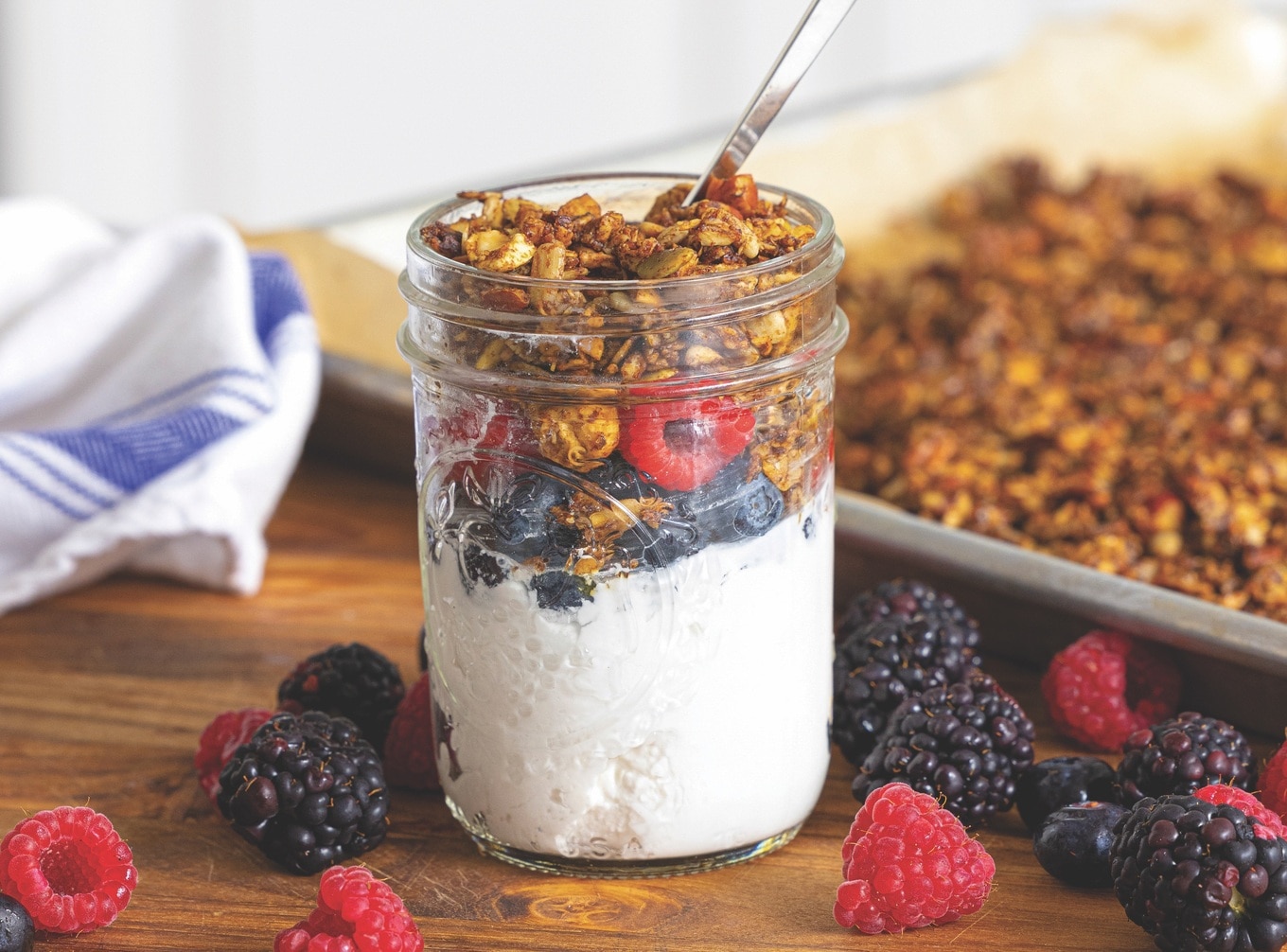
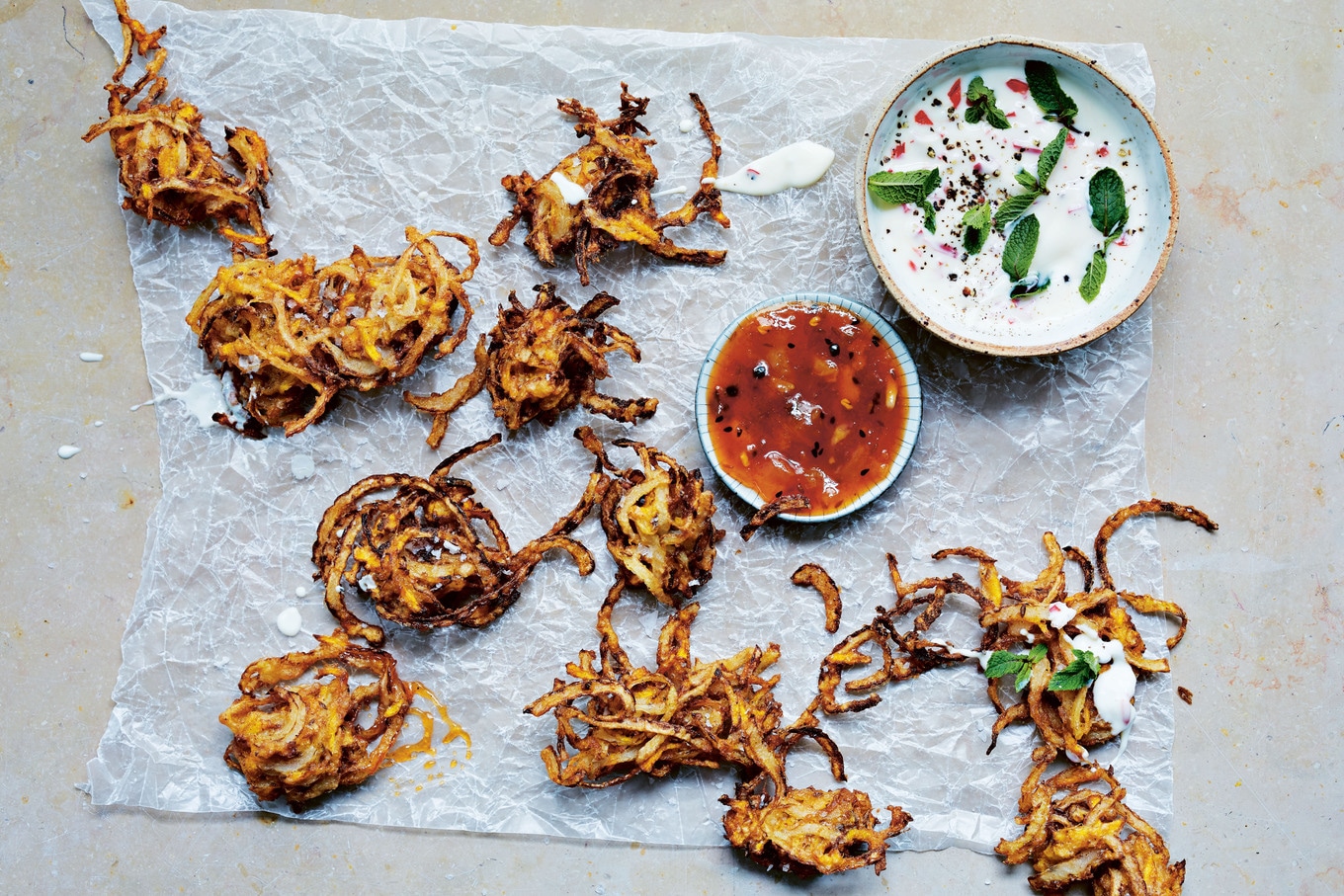
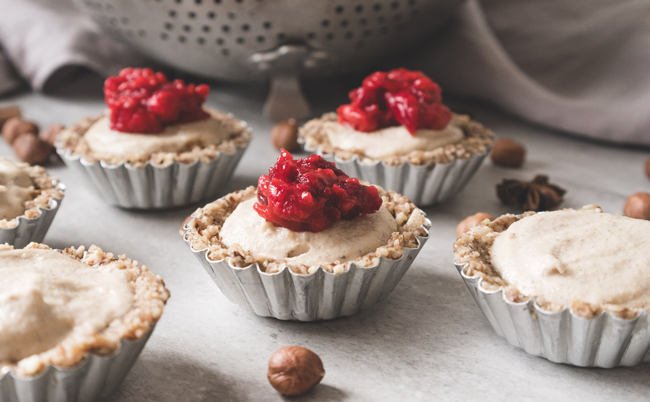


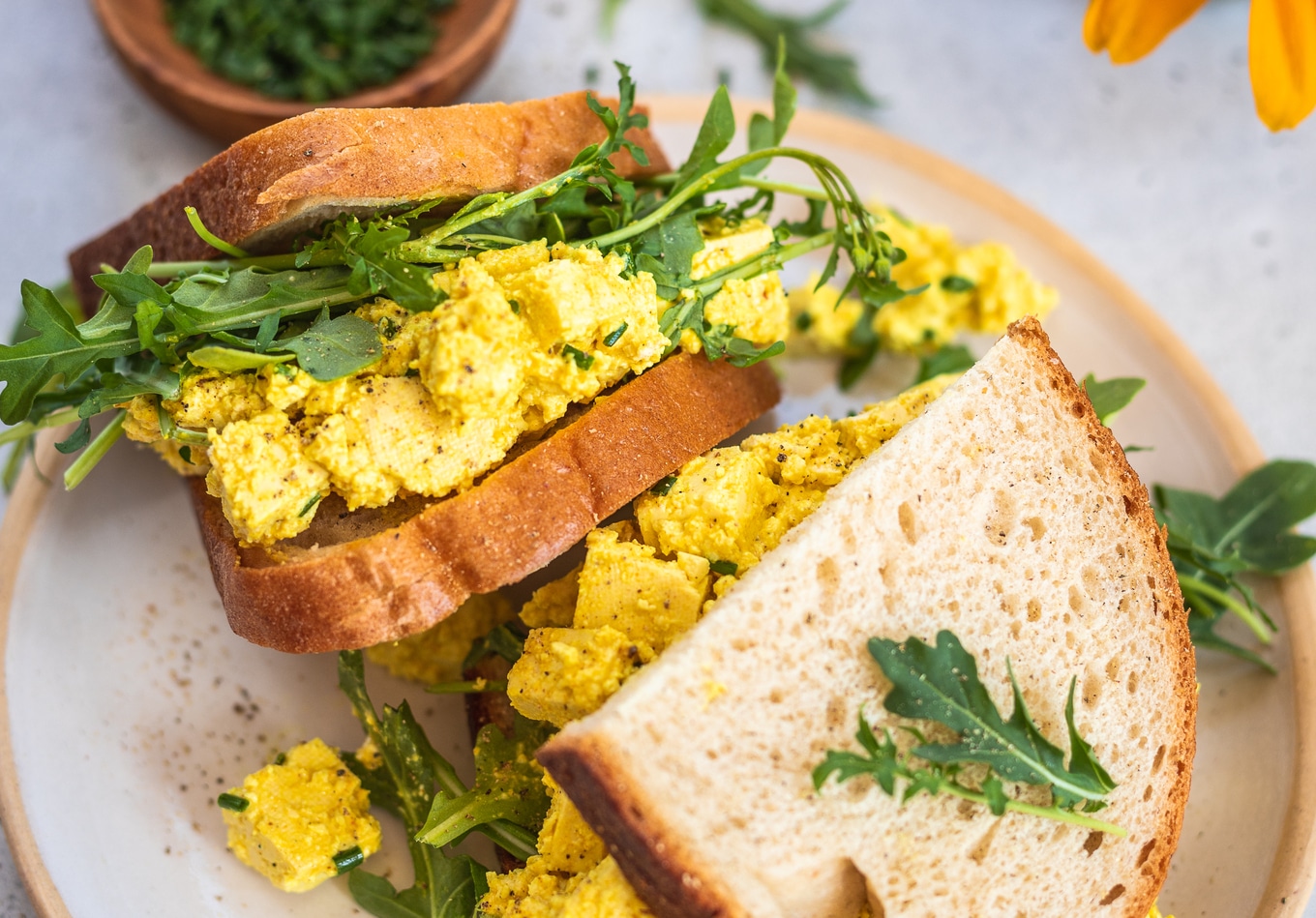
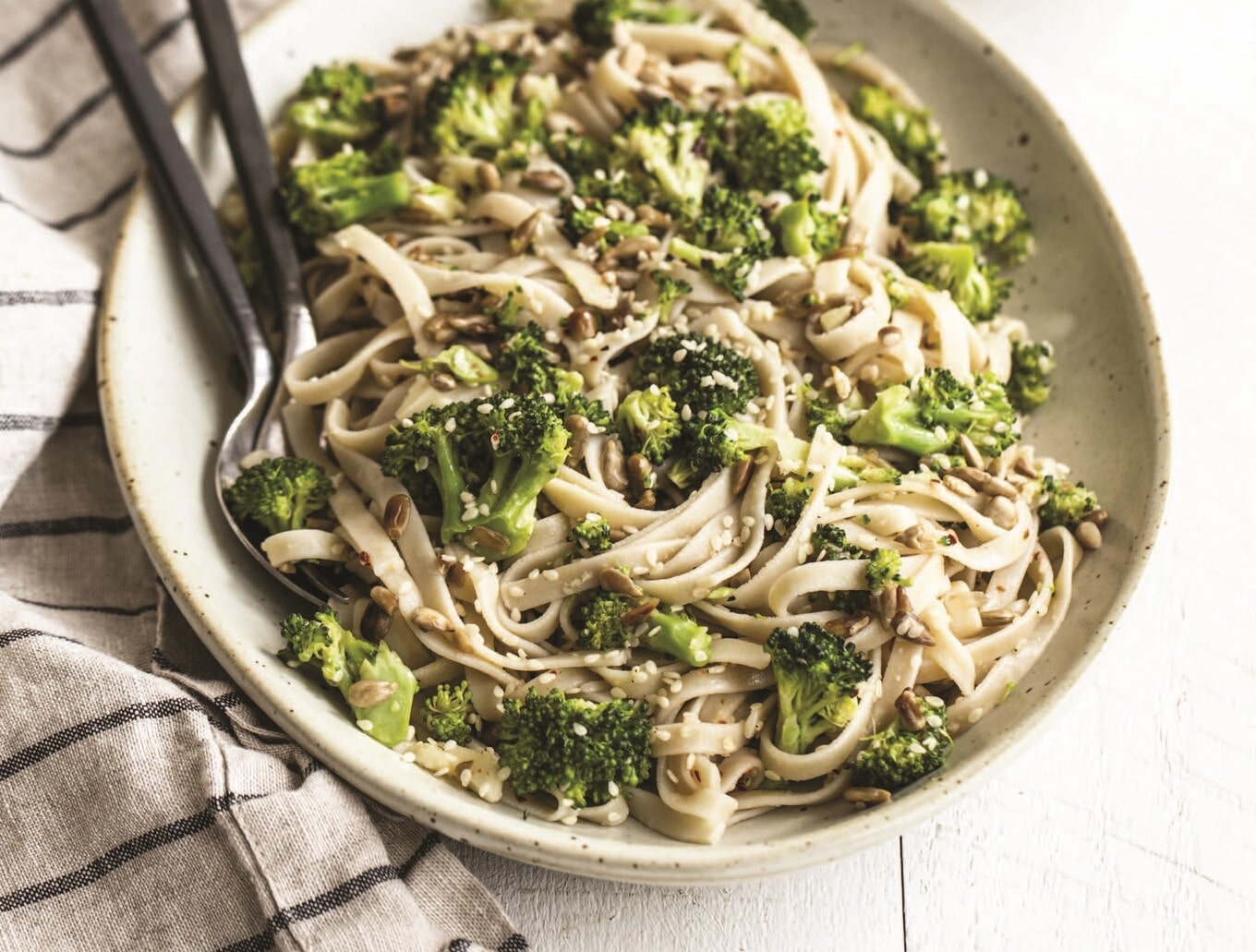







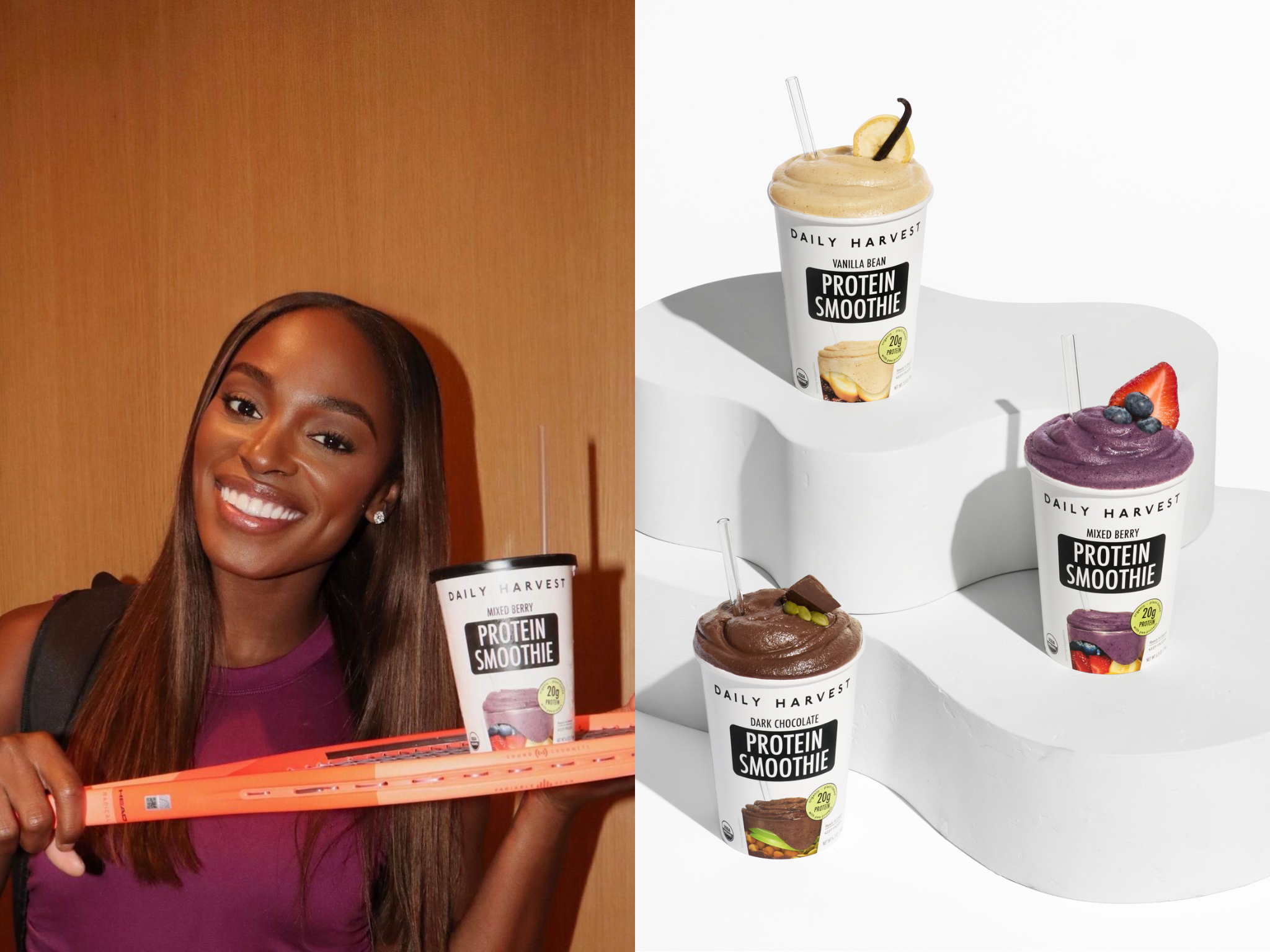

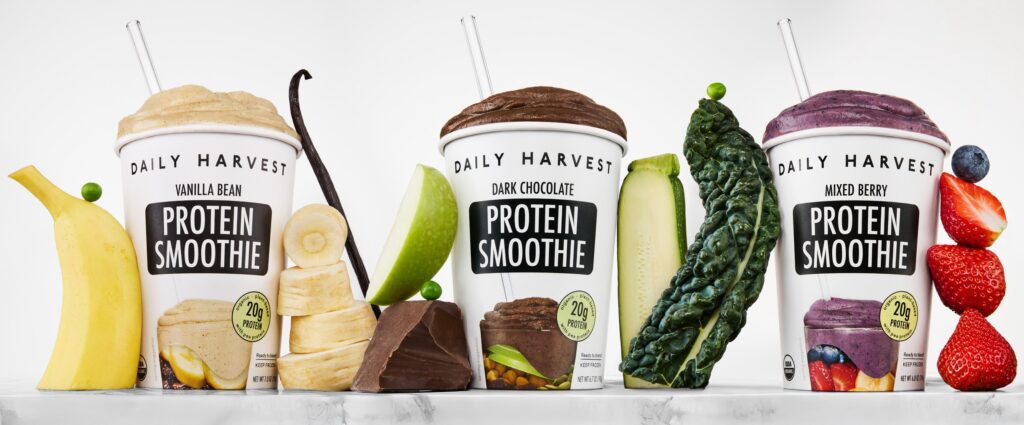
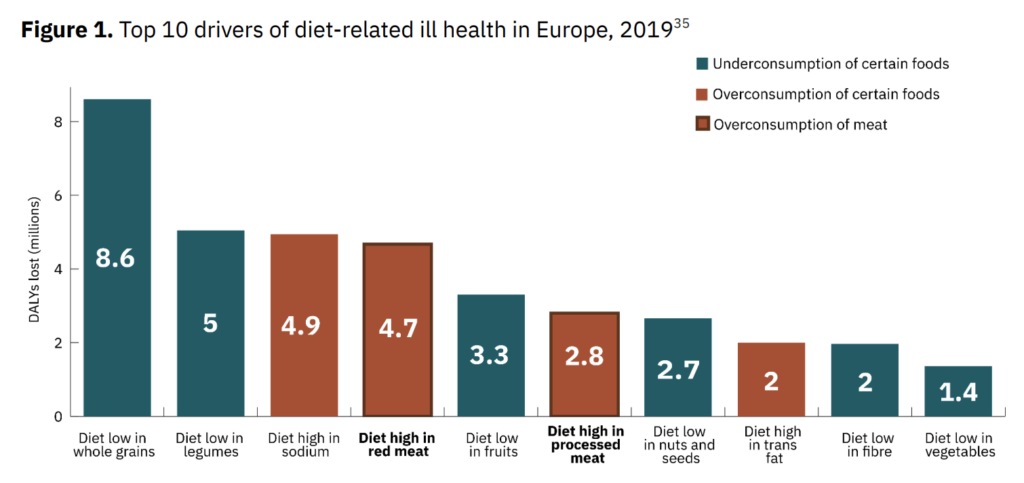
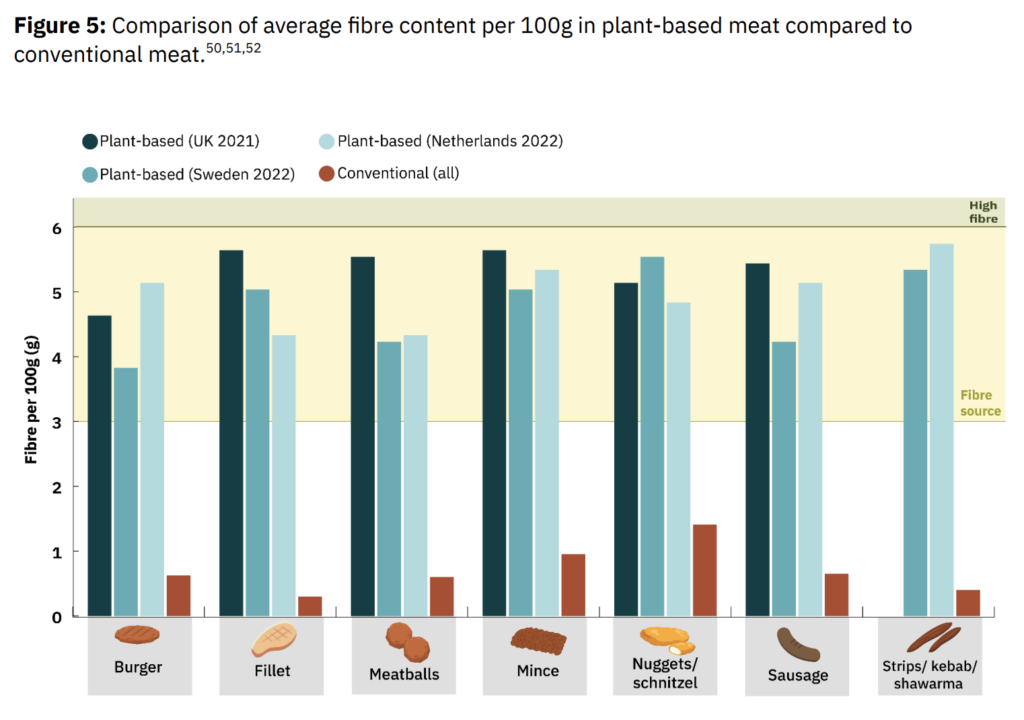
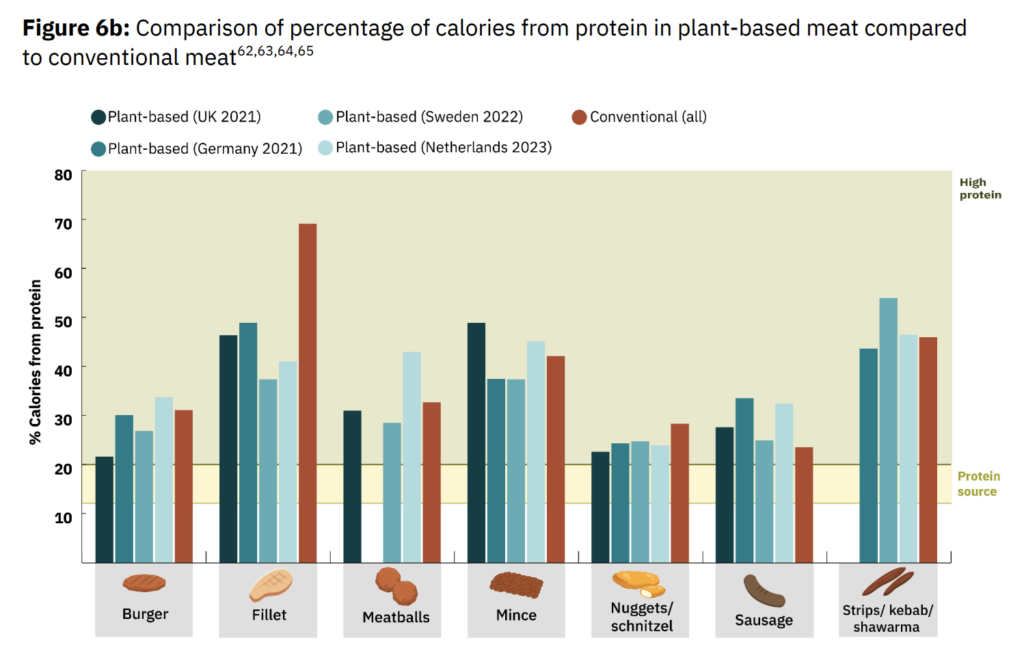

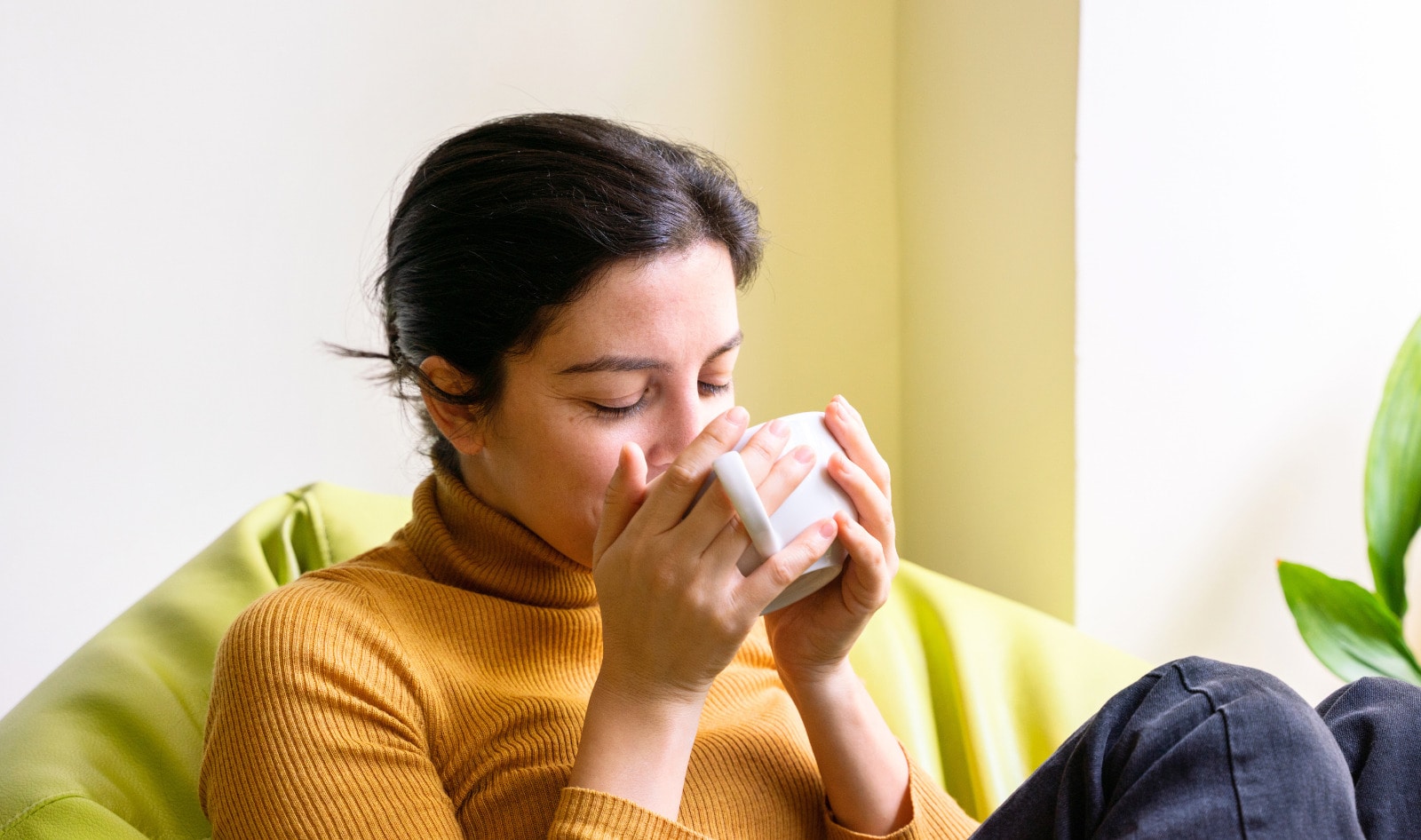
 Pexels
Pexels Pexels
Pexels Cottonbro Studio | Pexels
Cottonbro Studio | Pexels